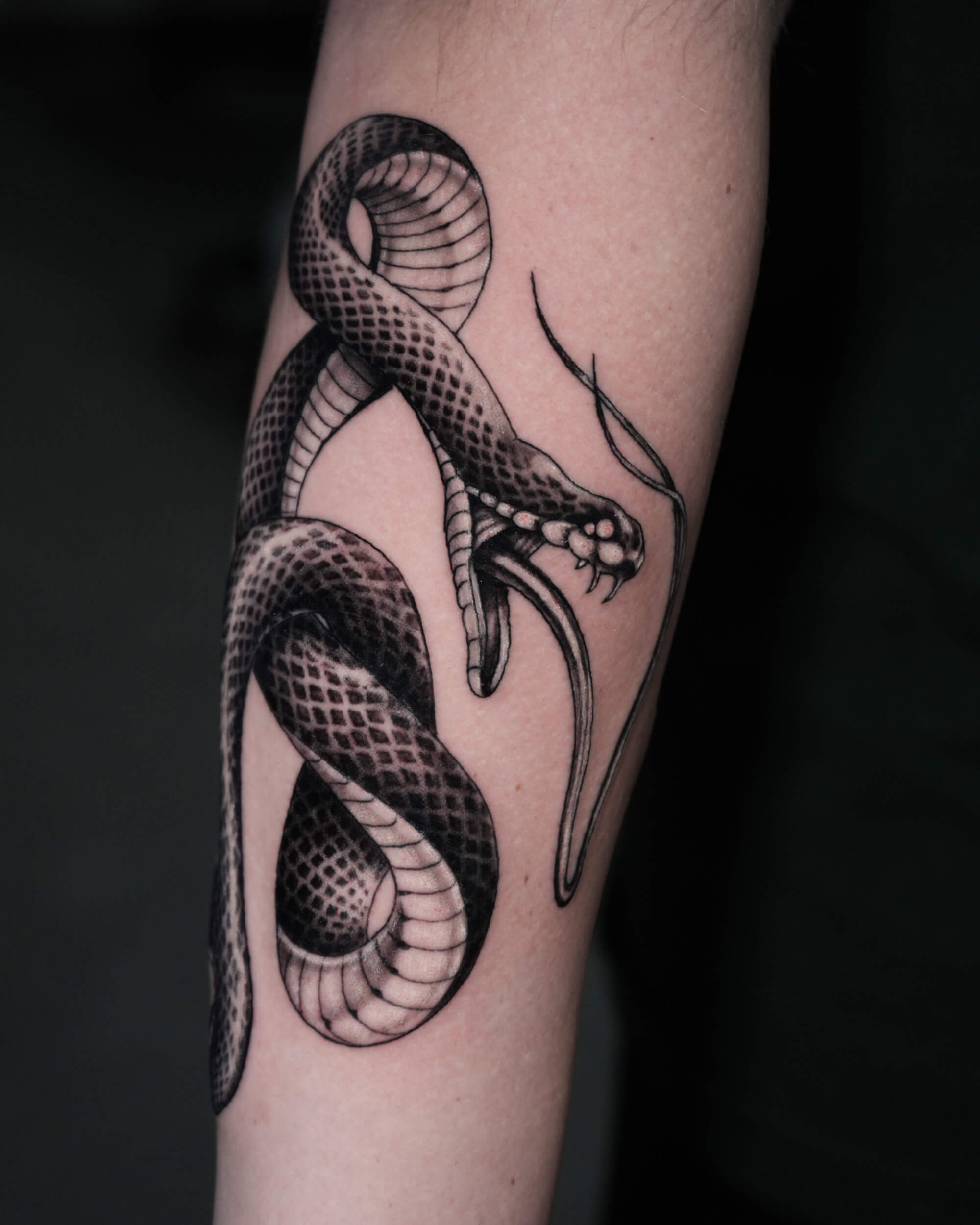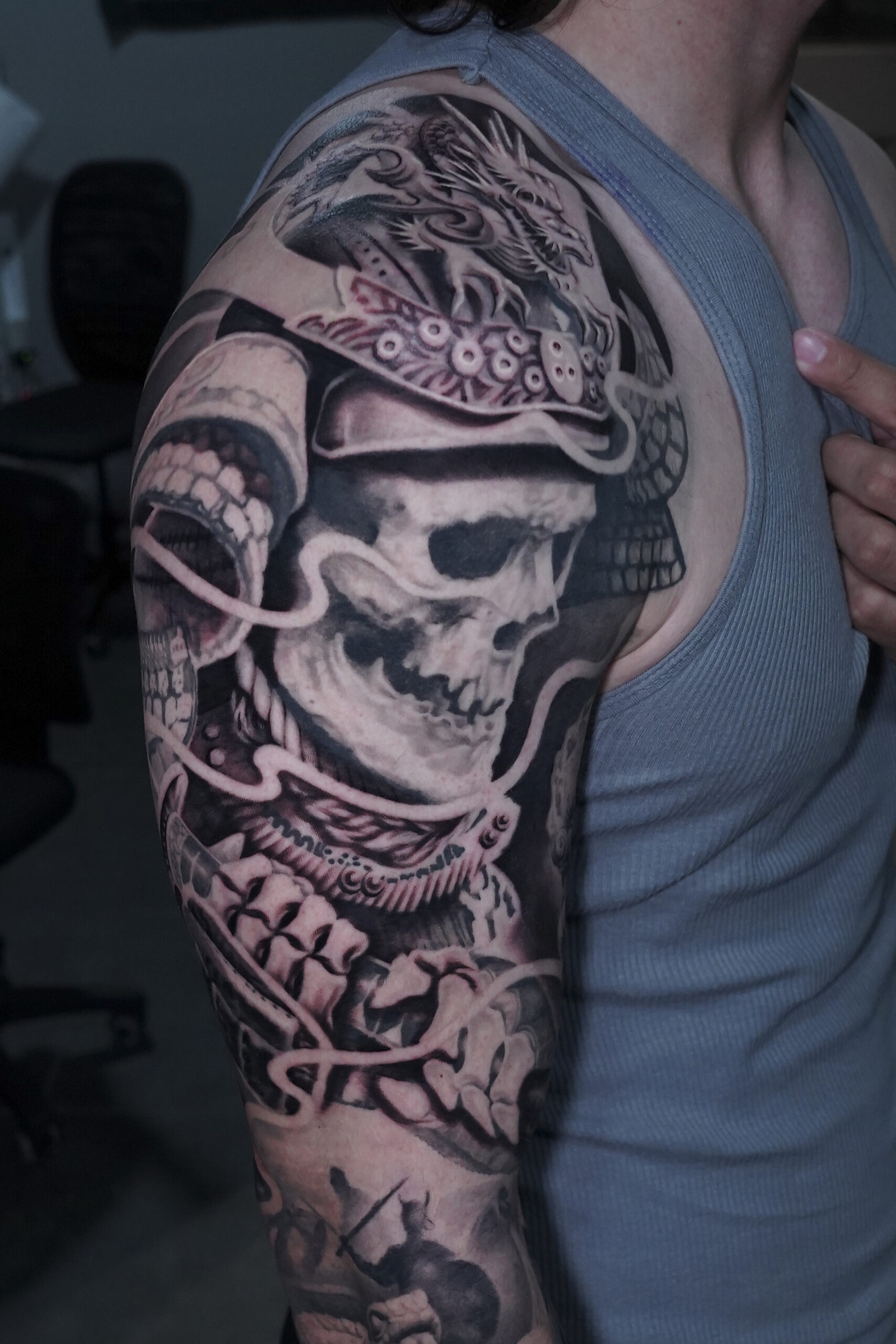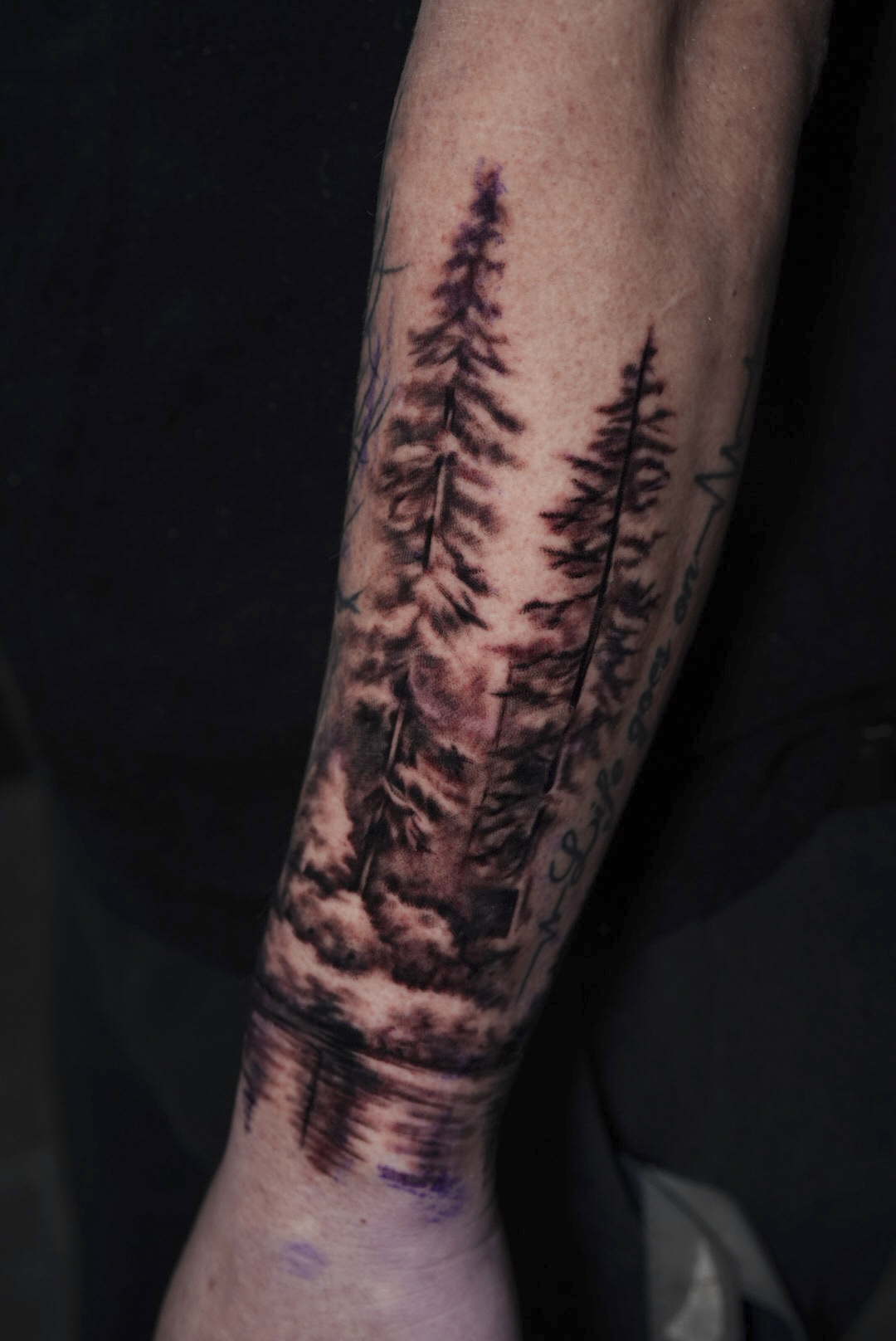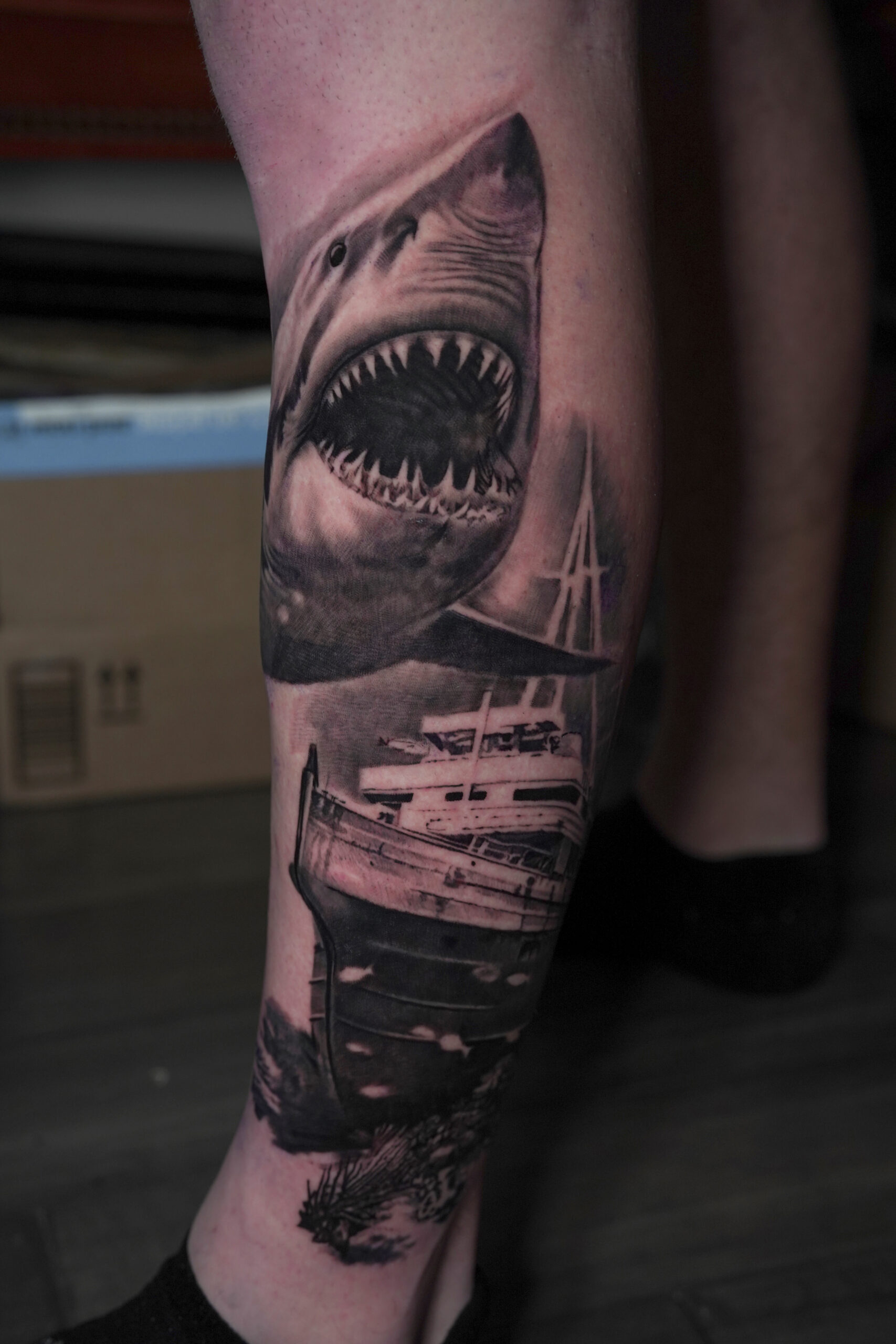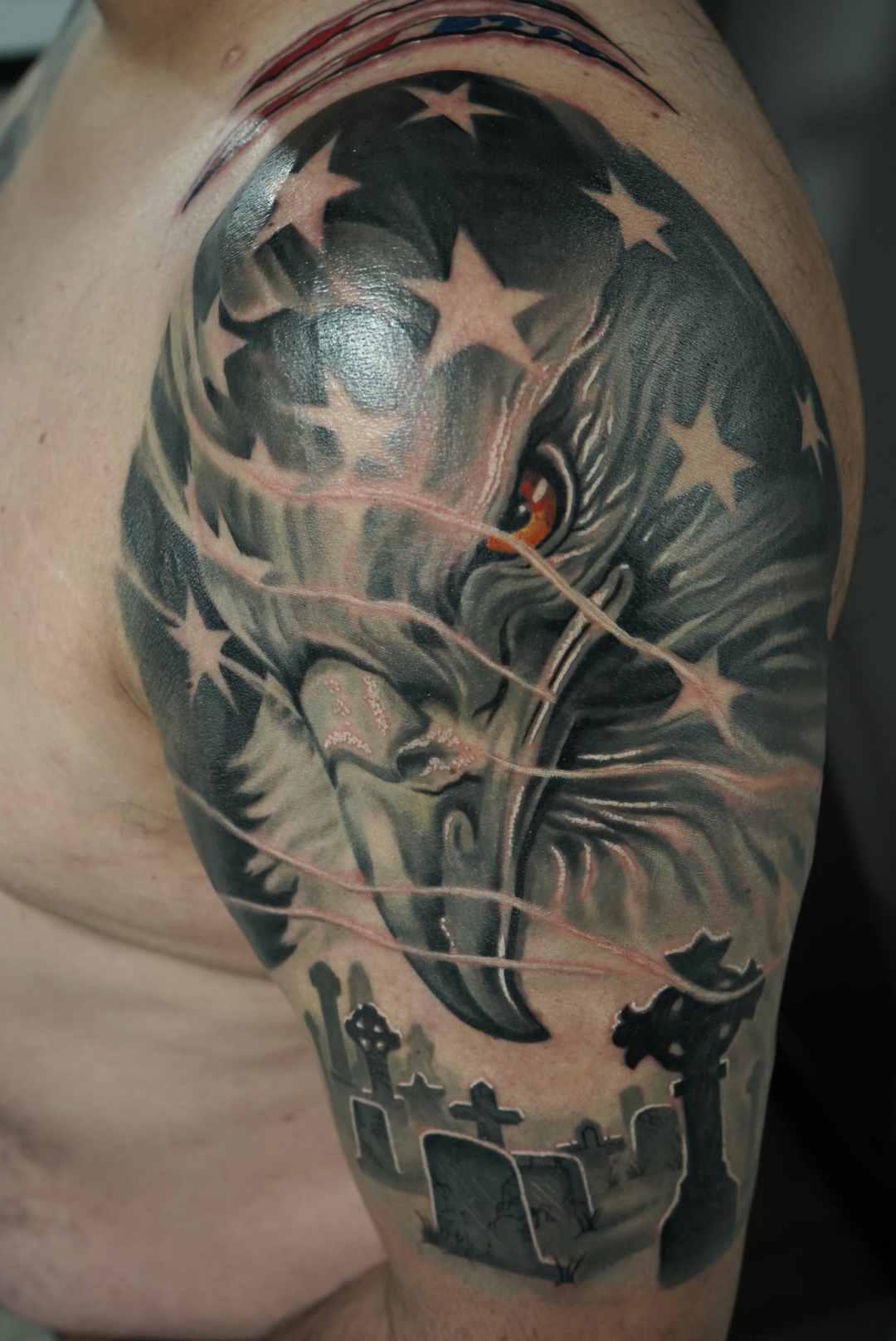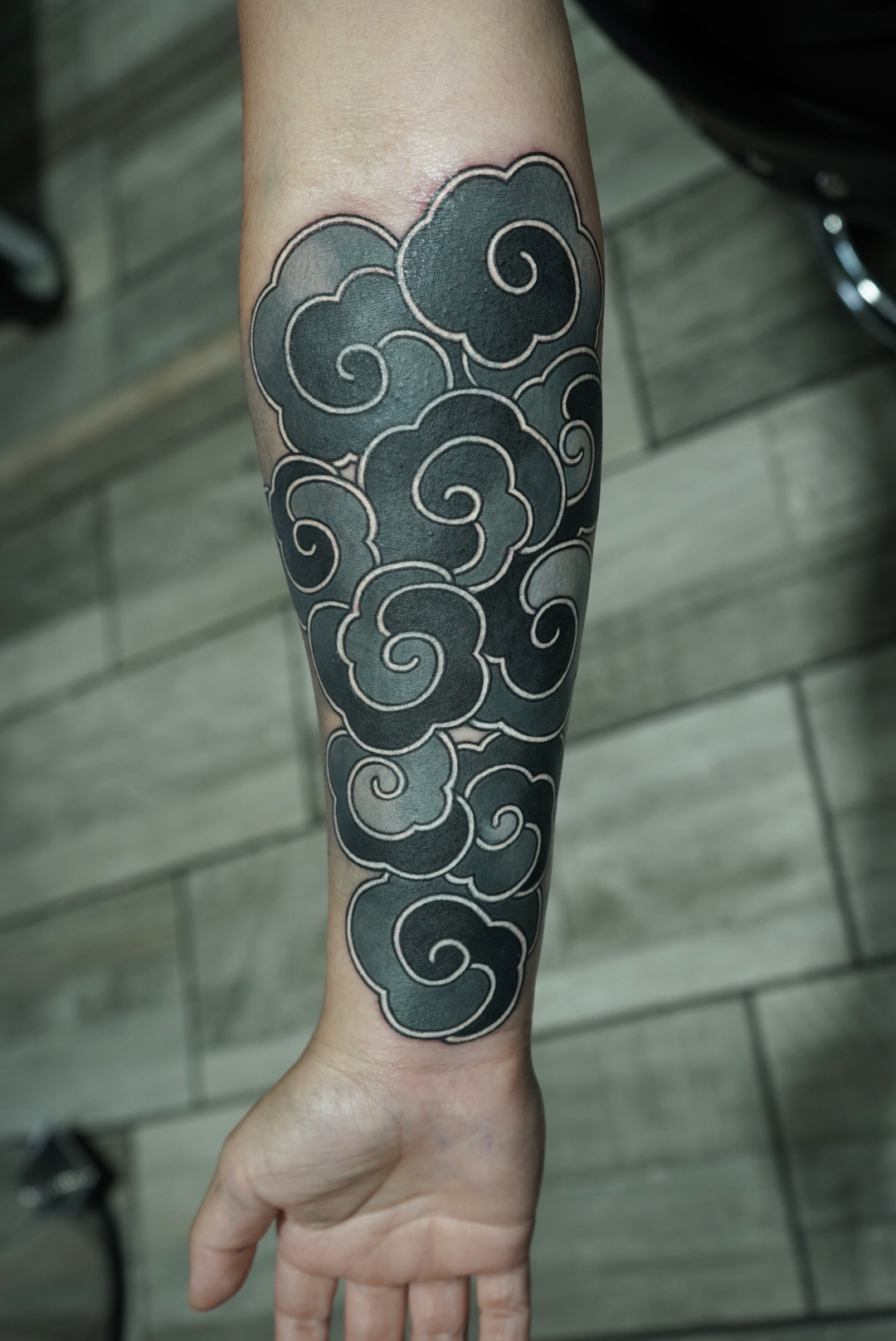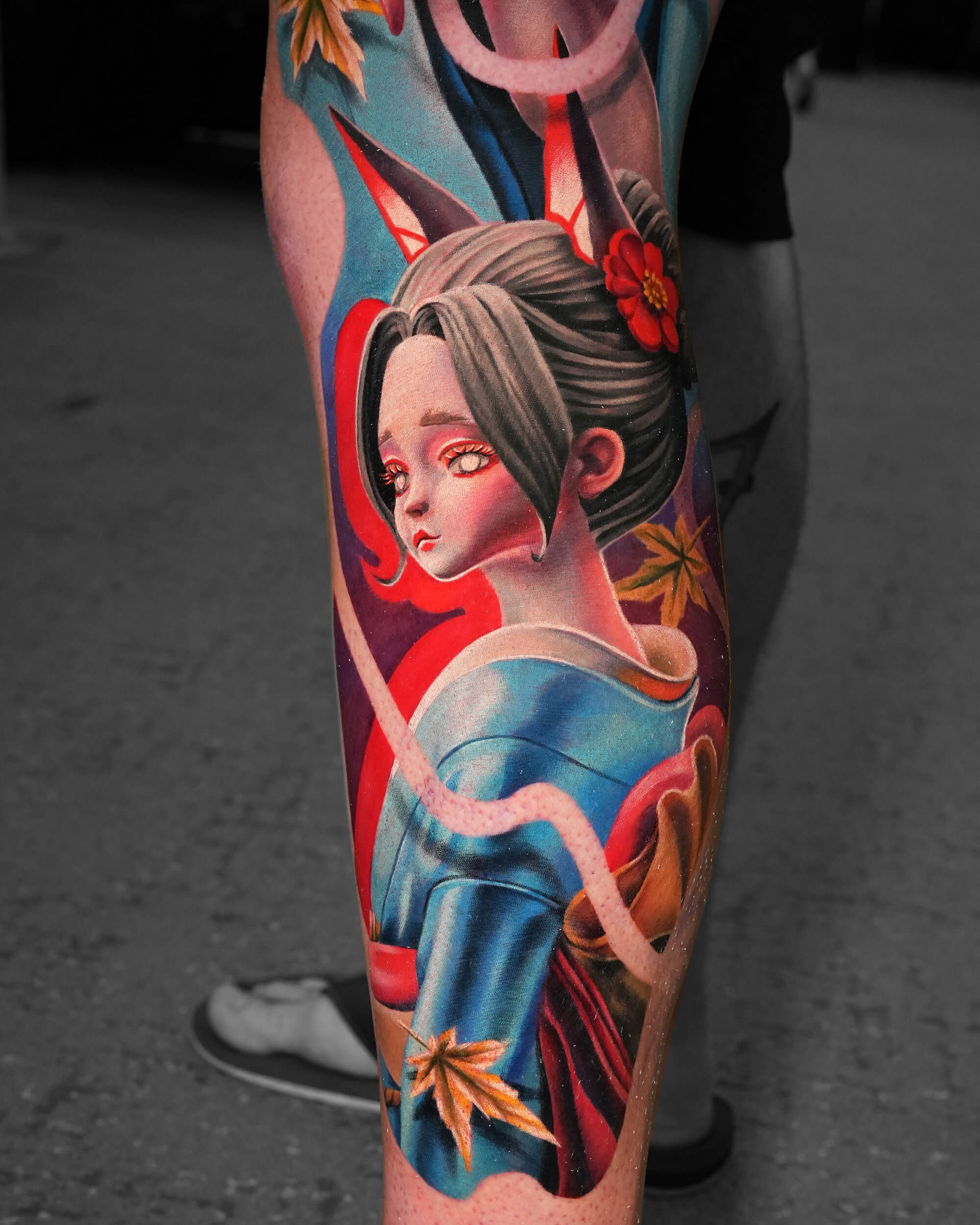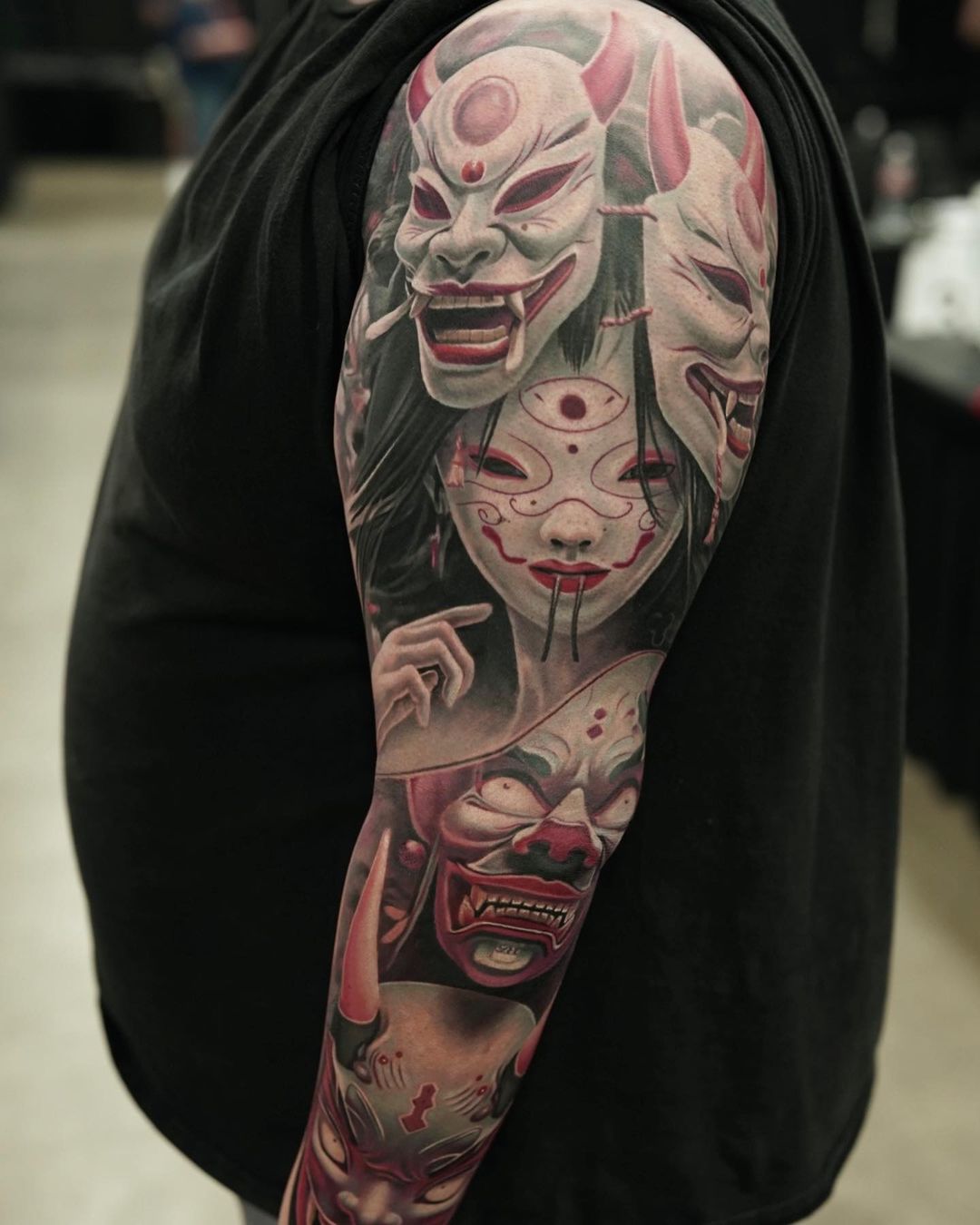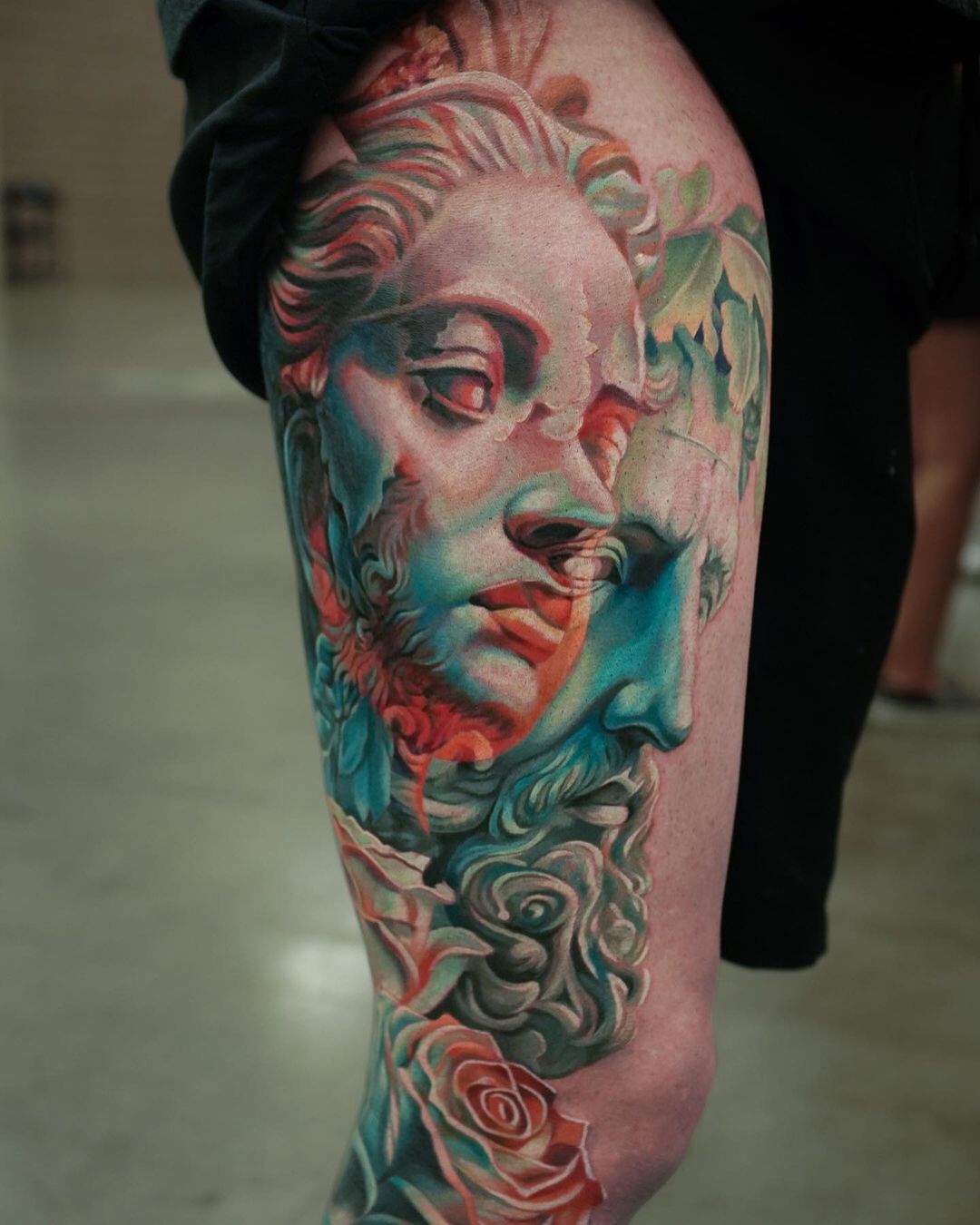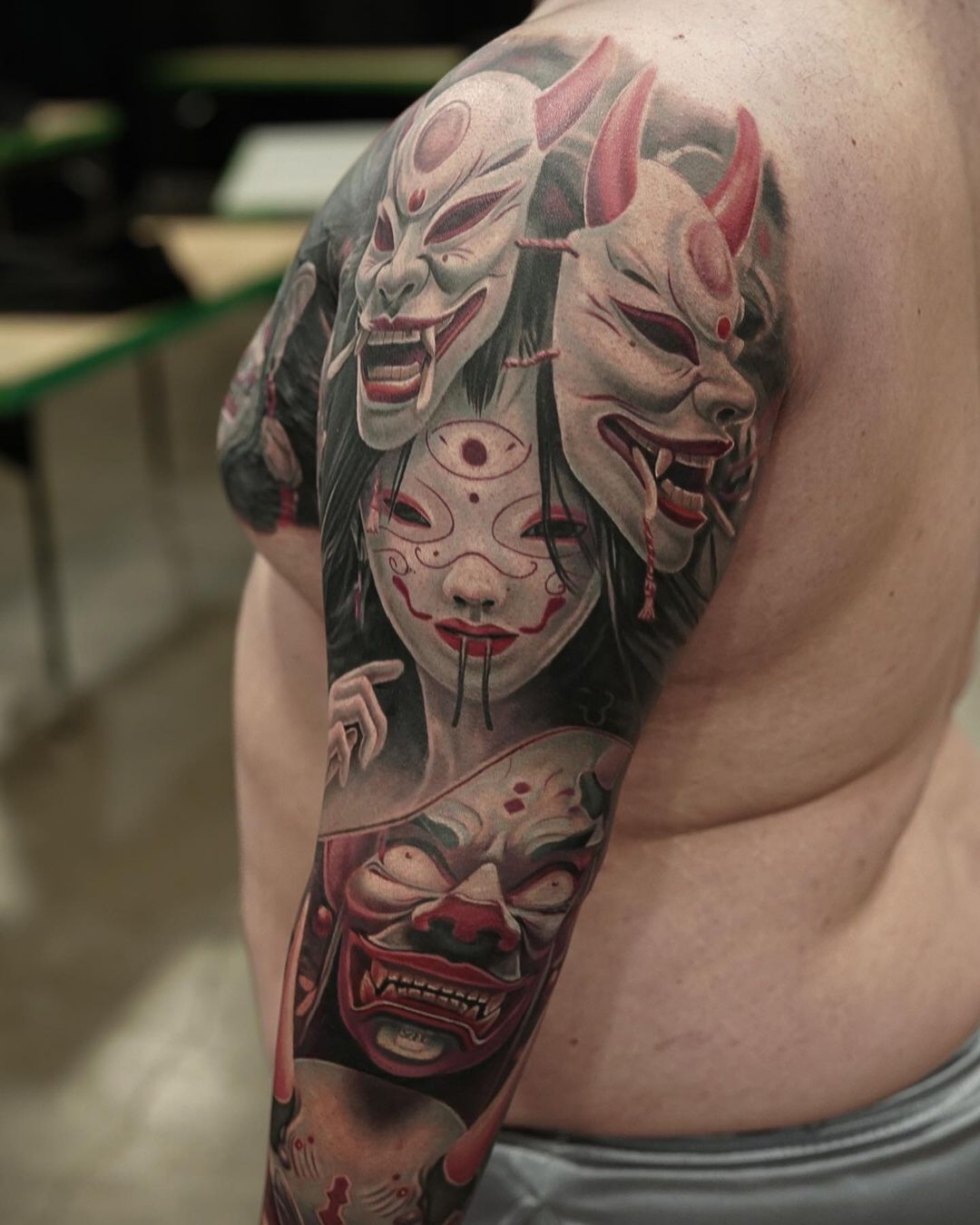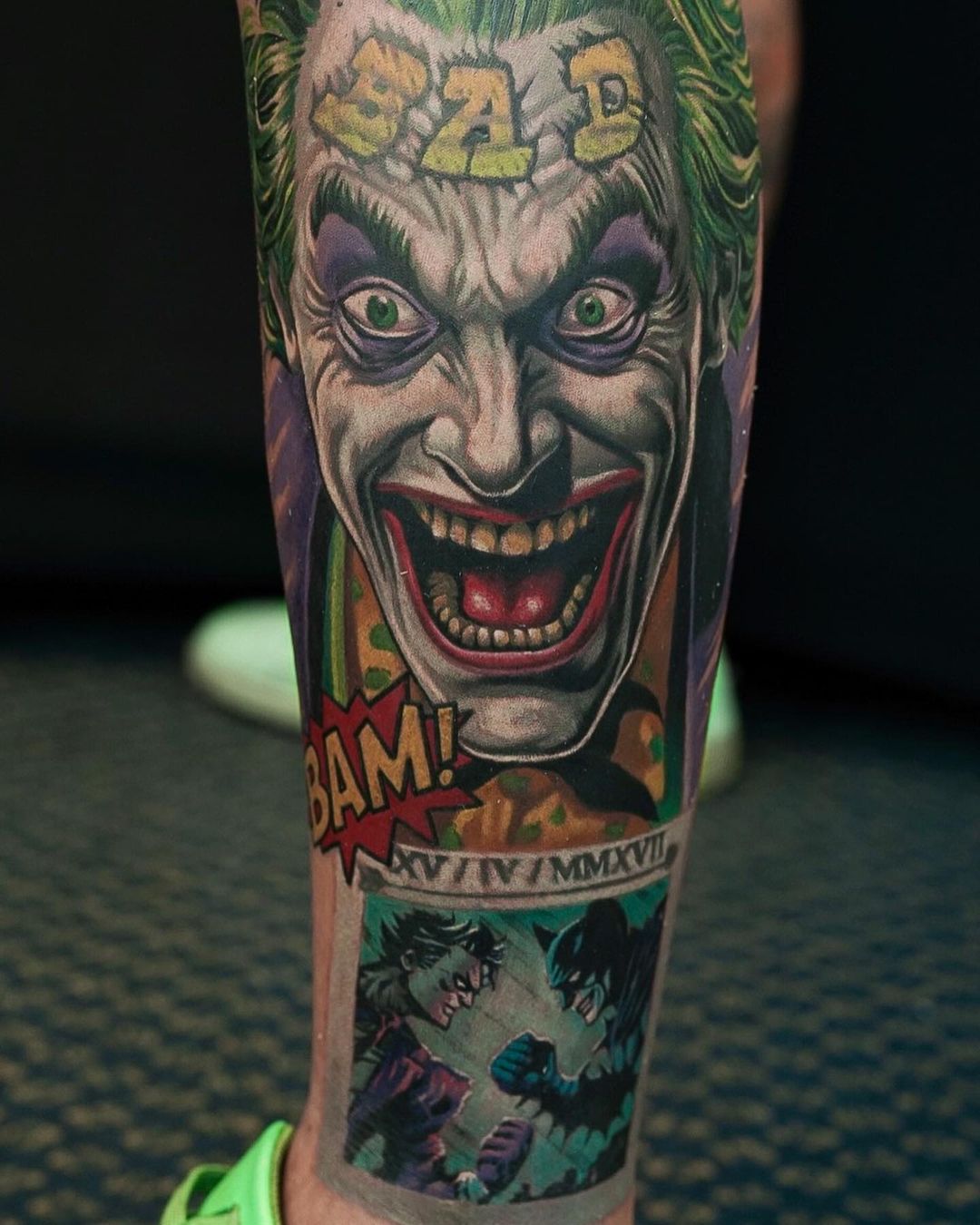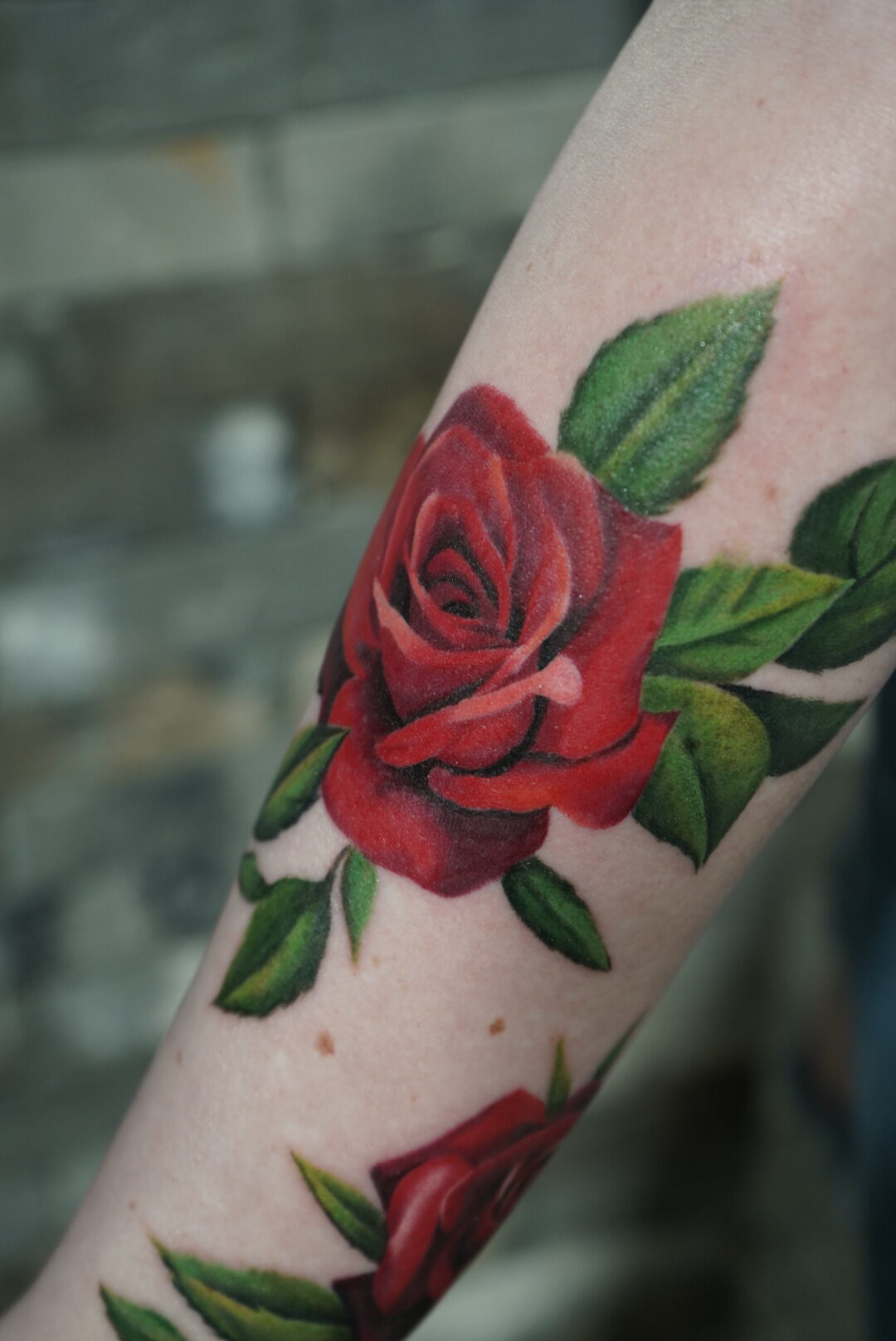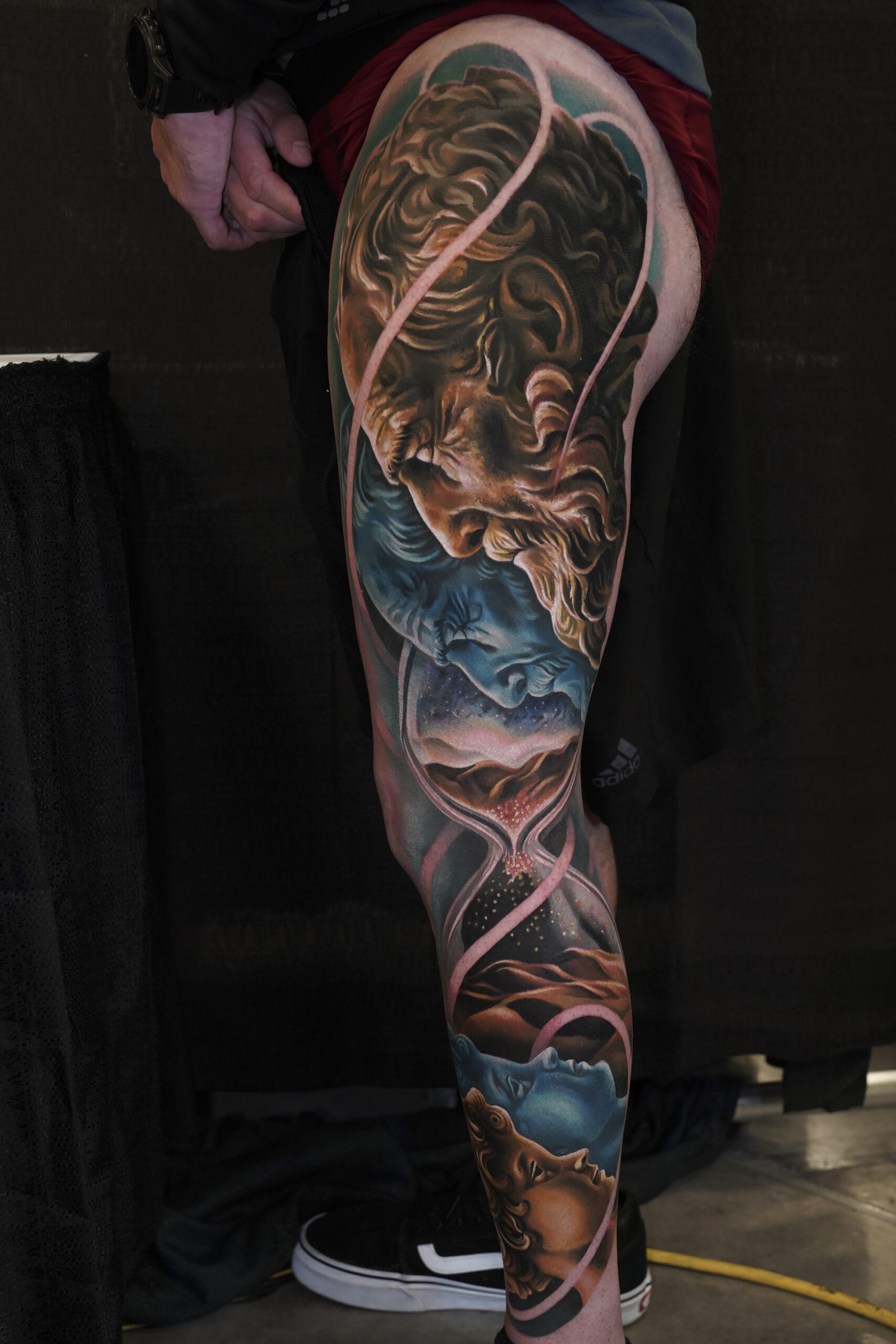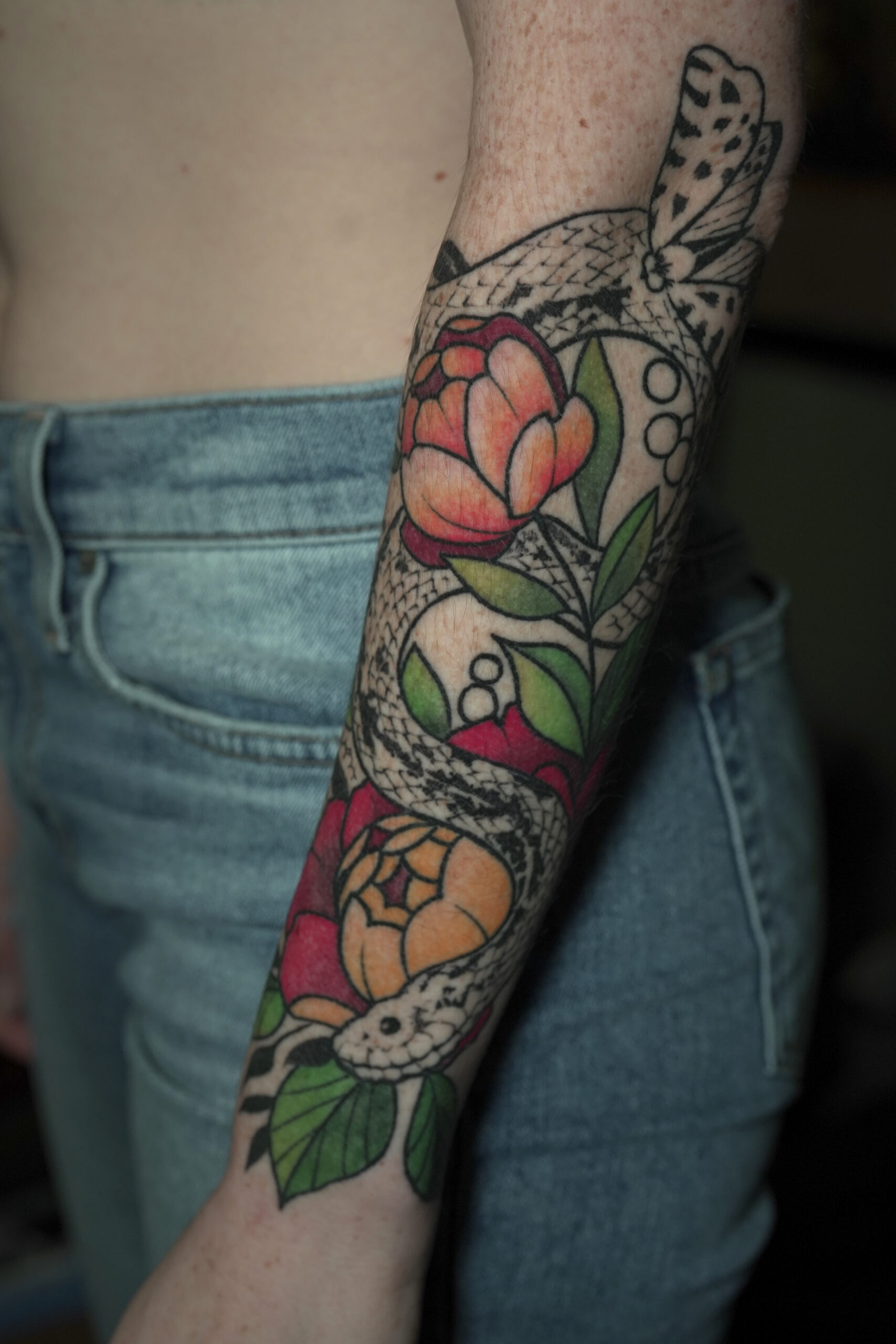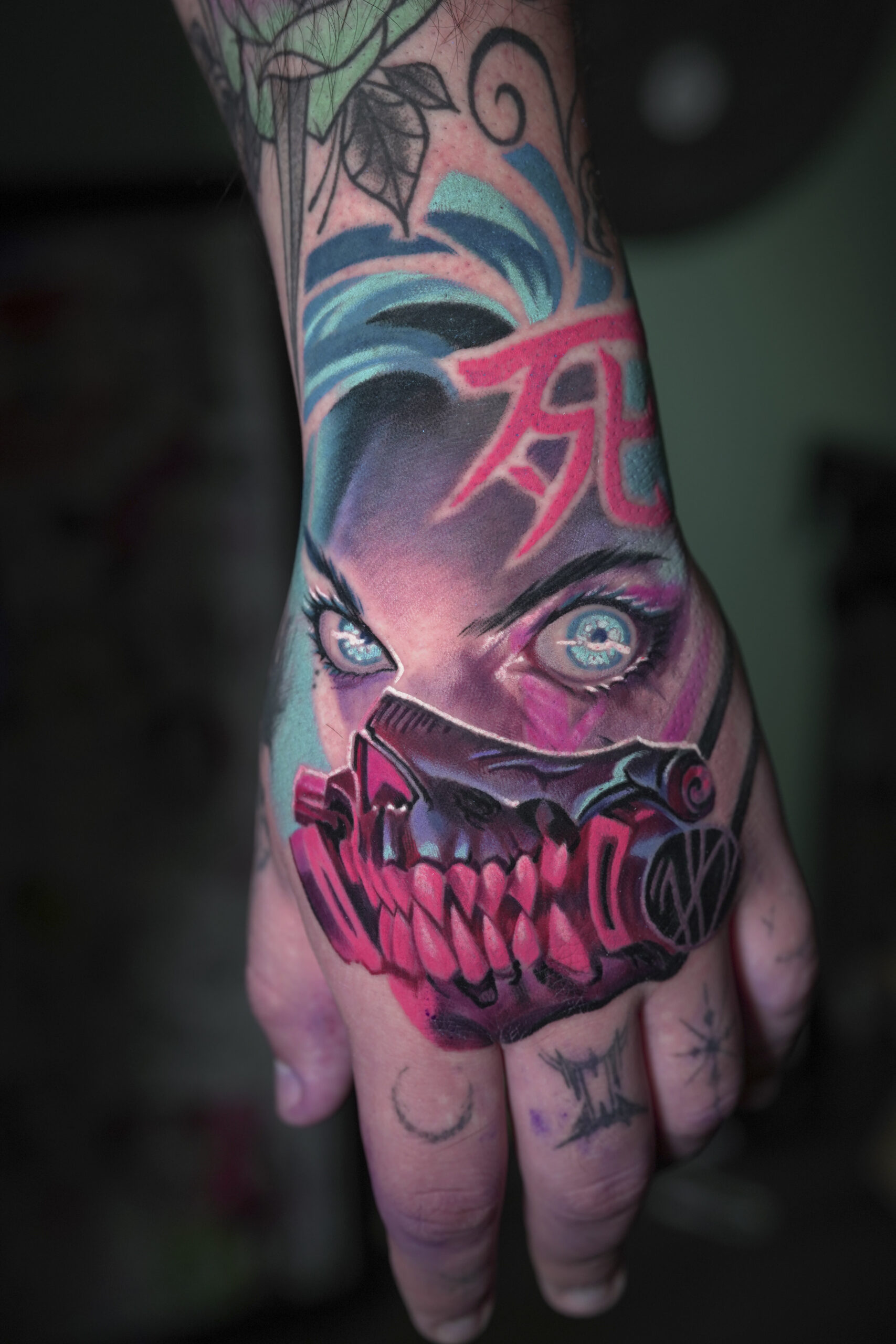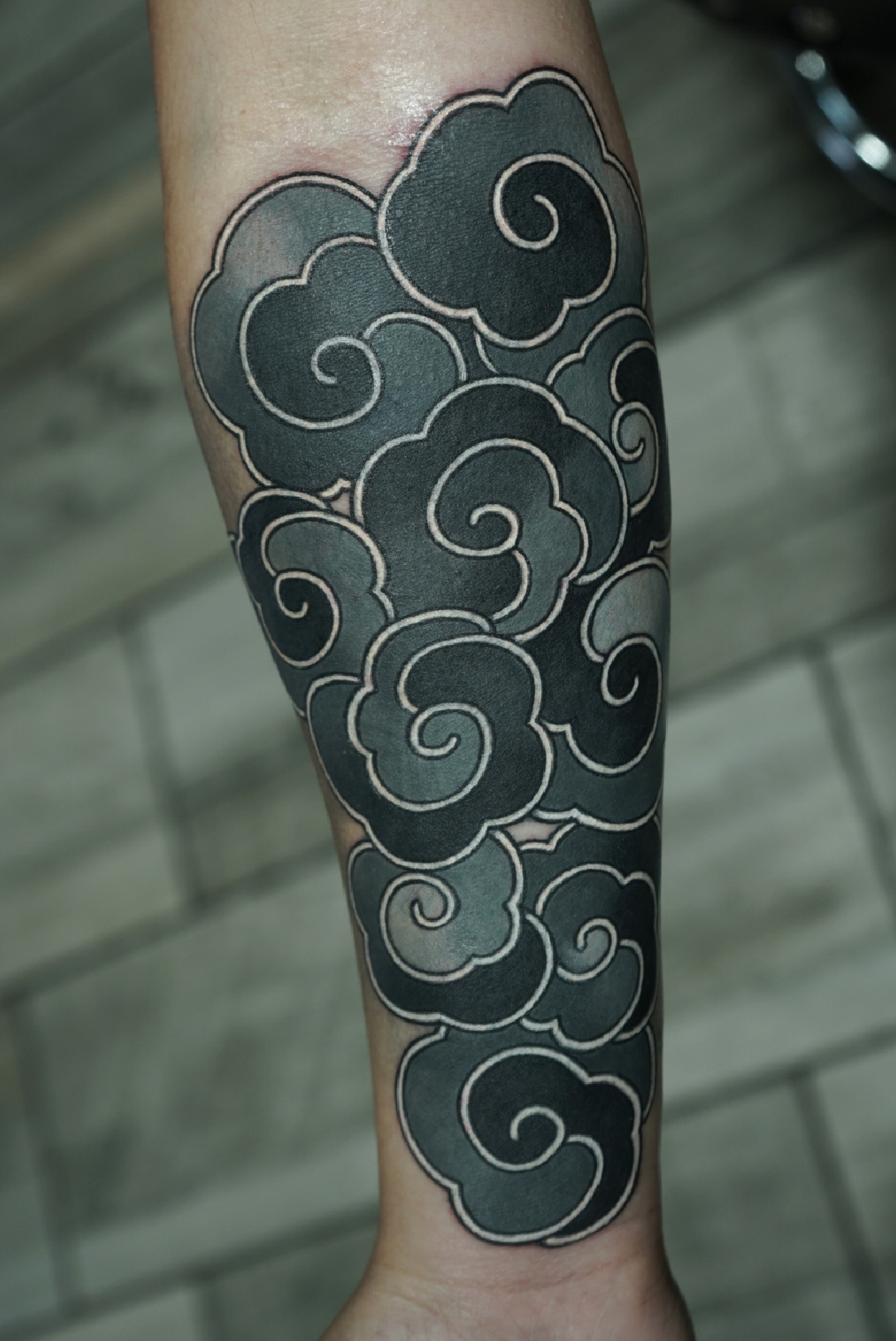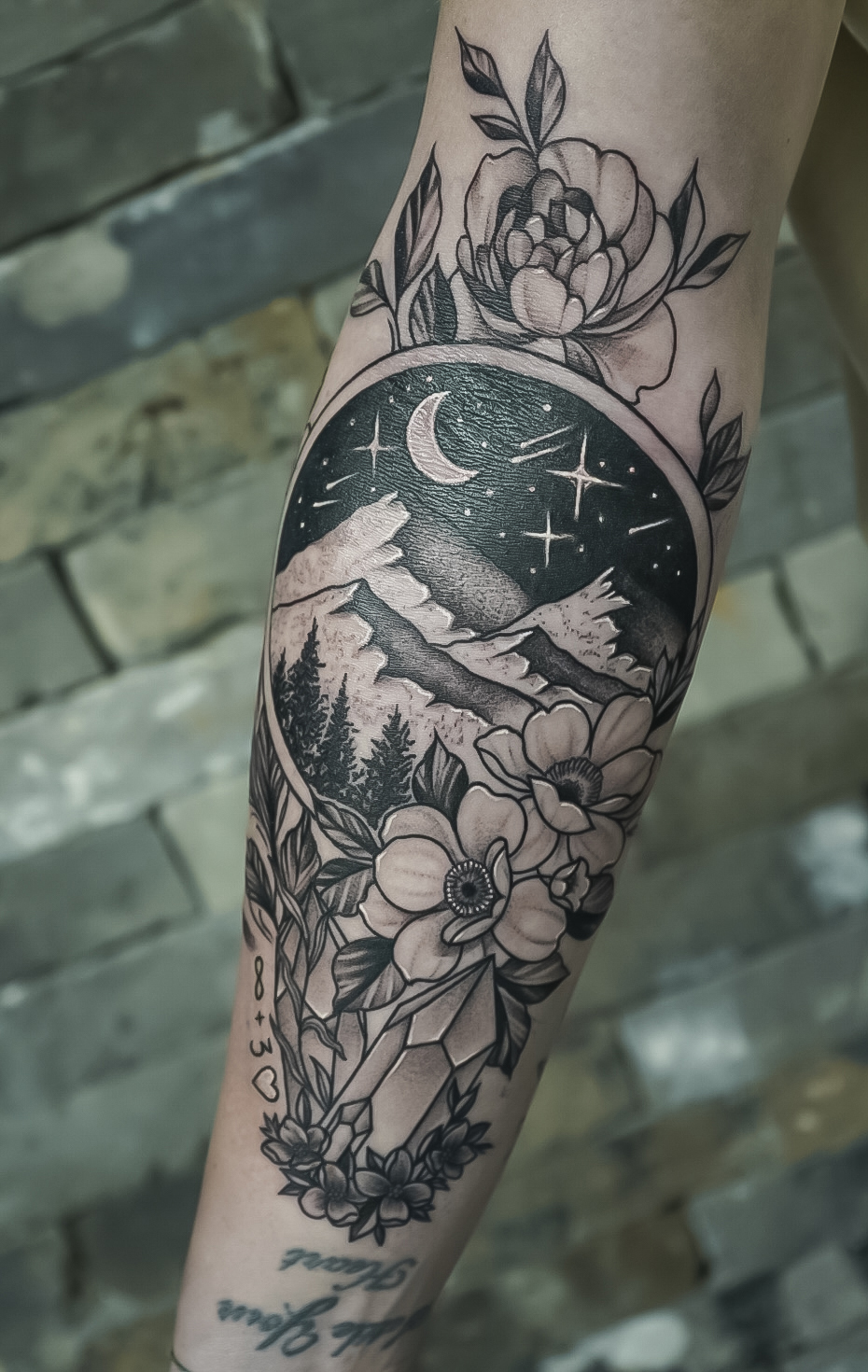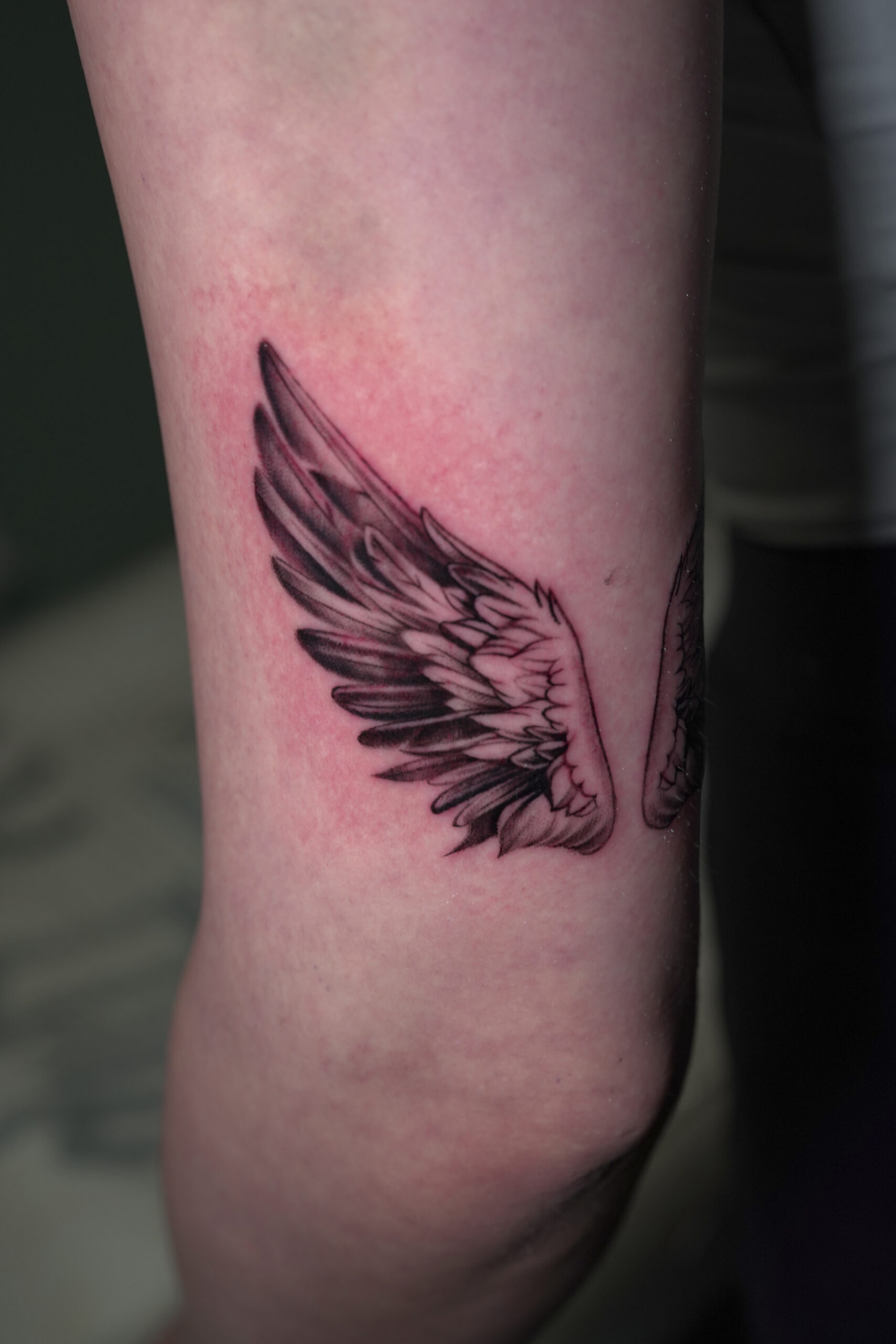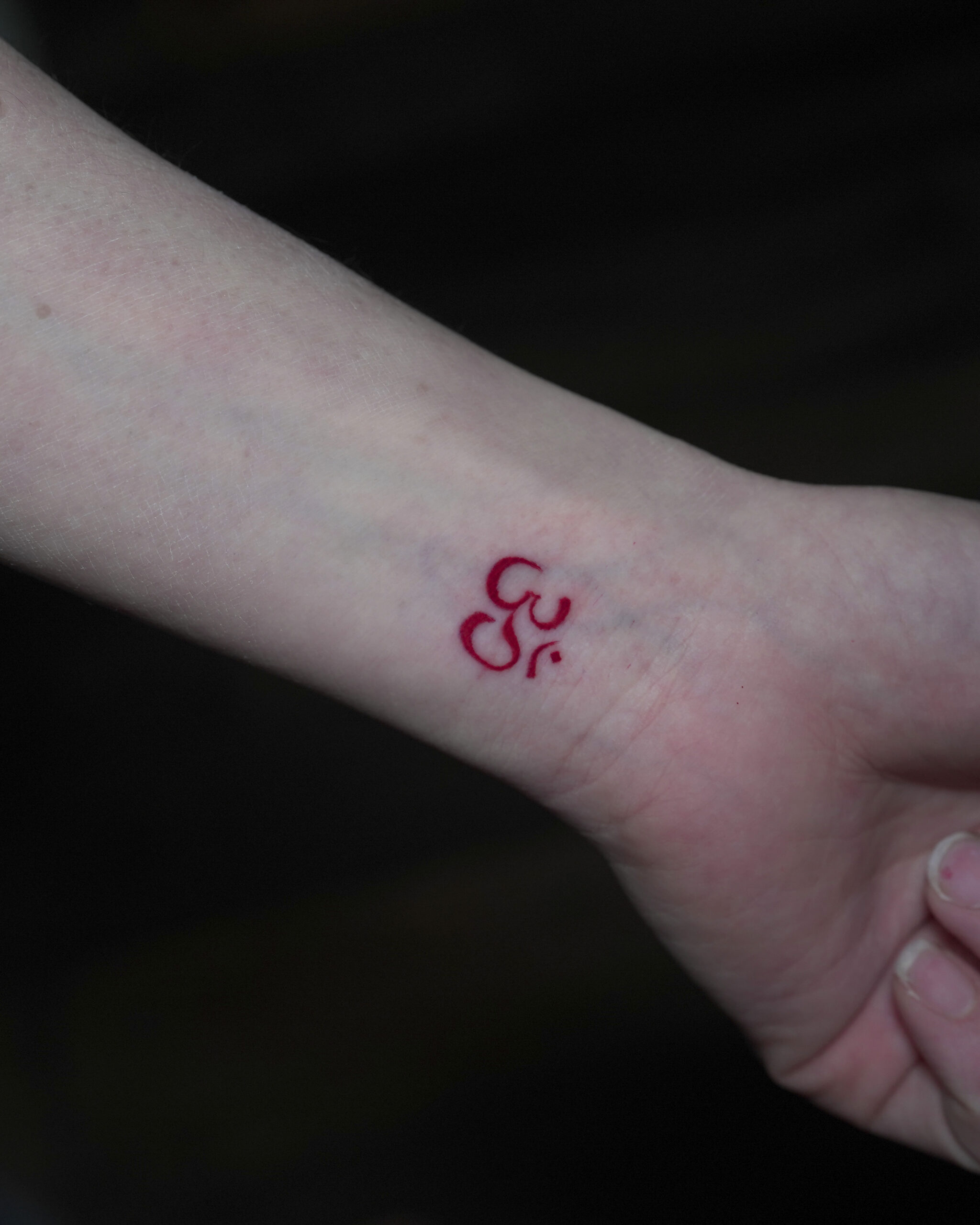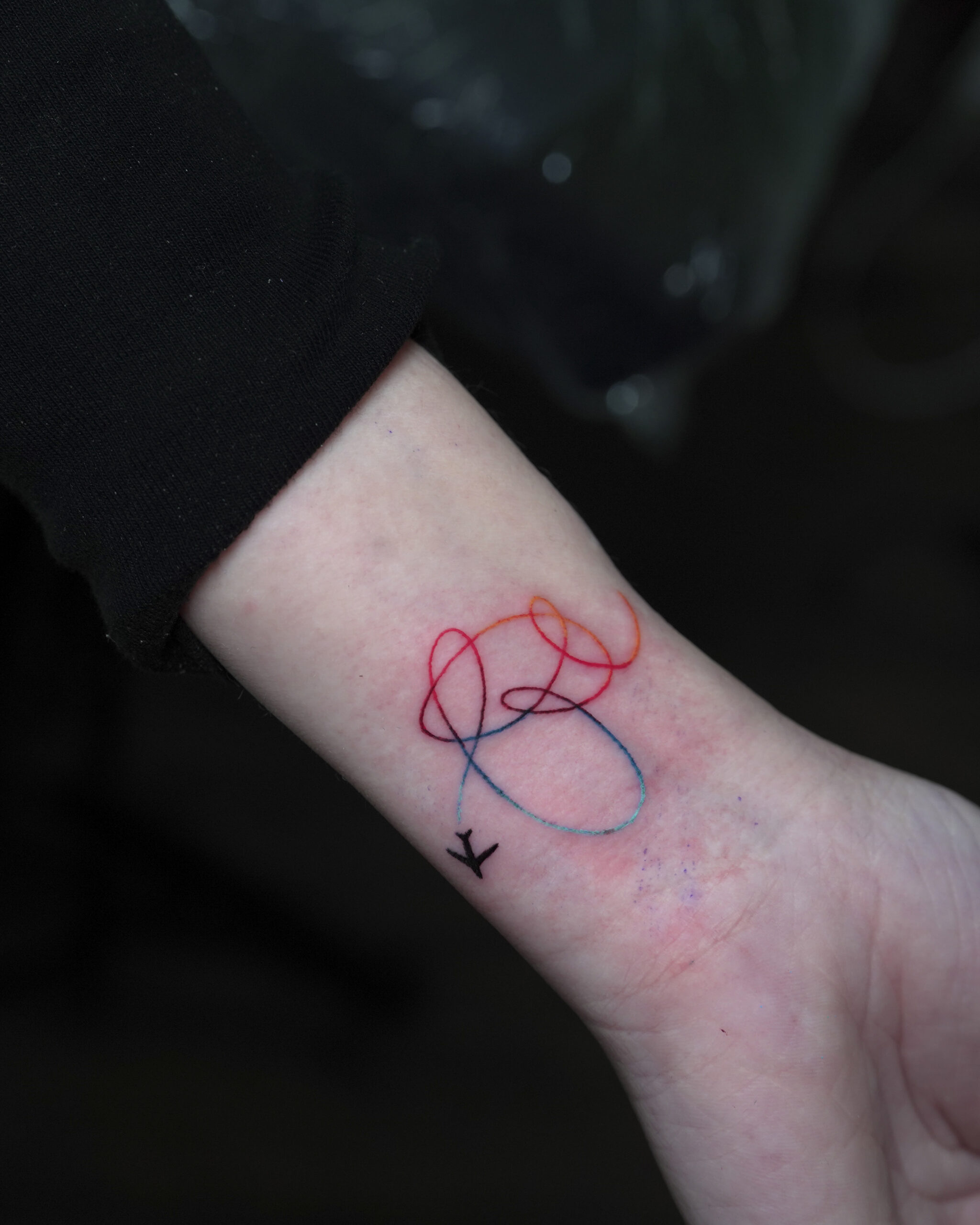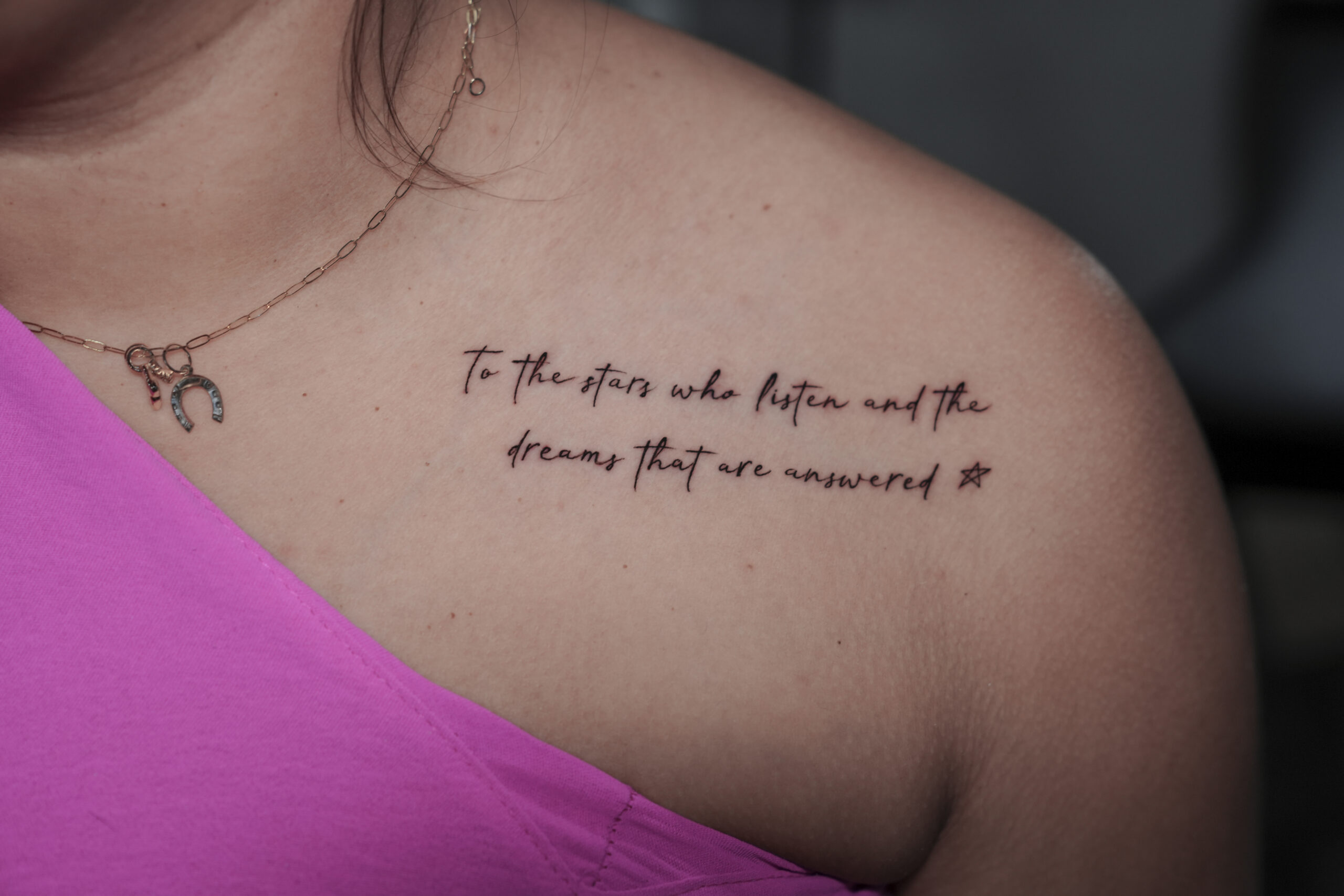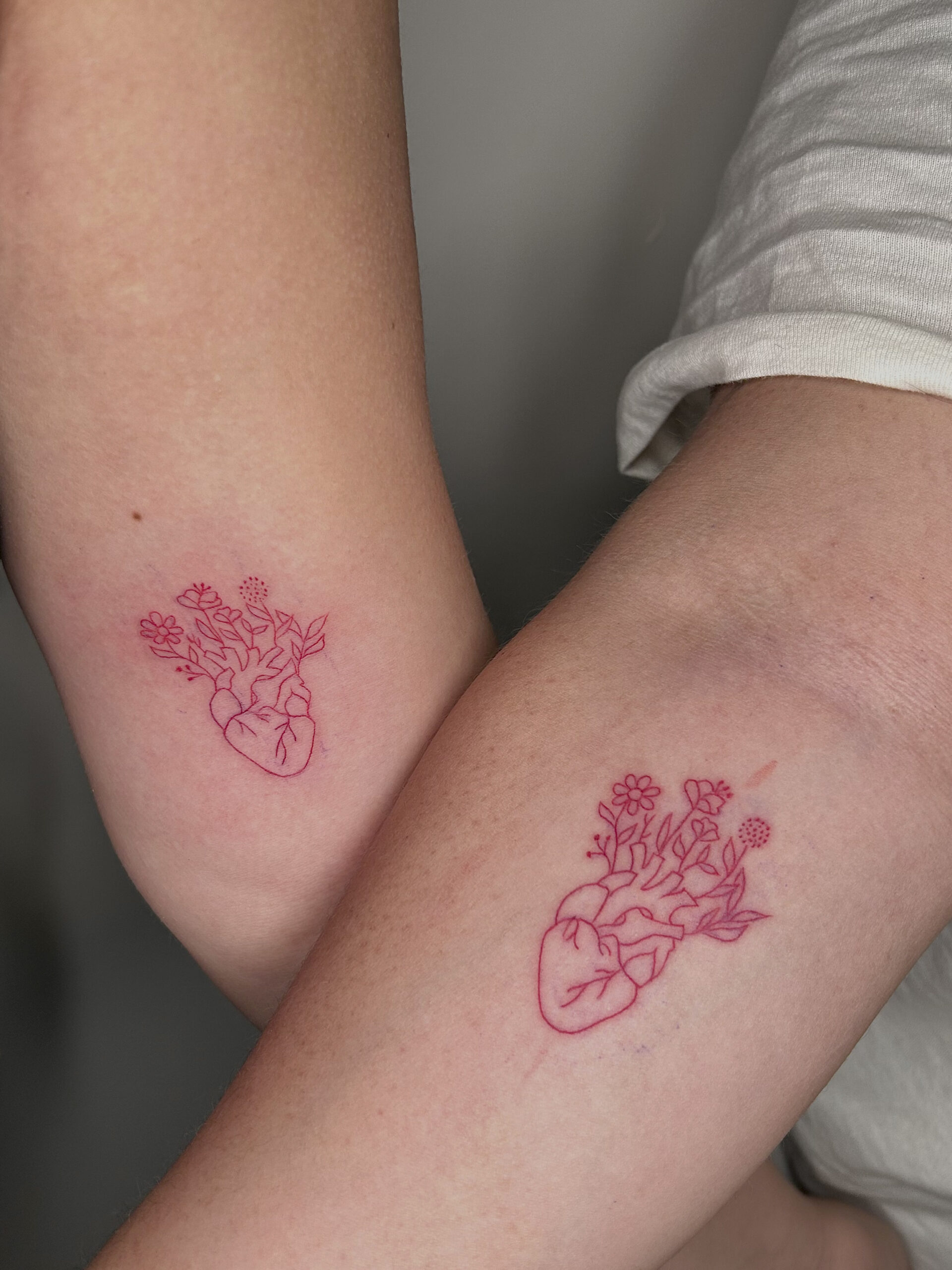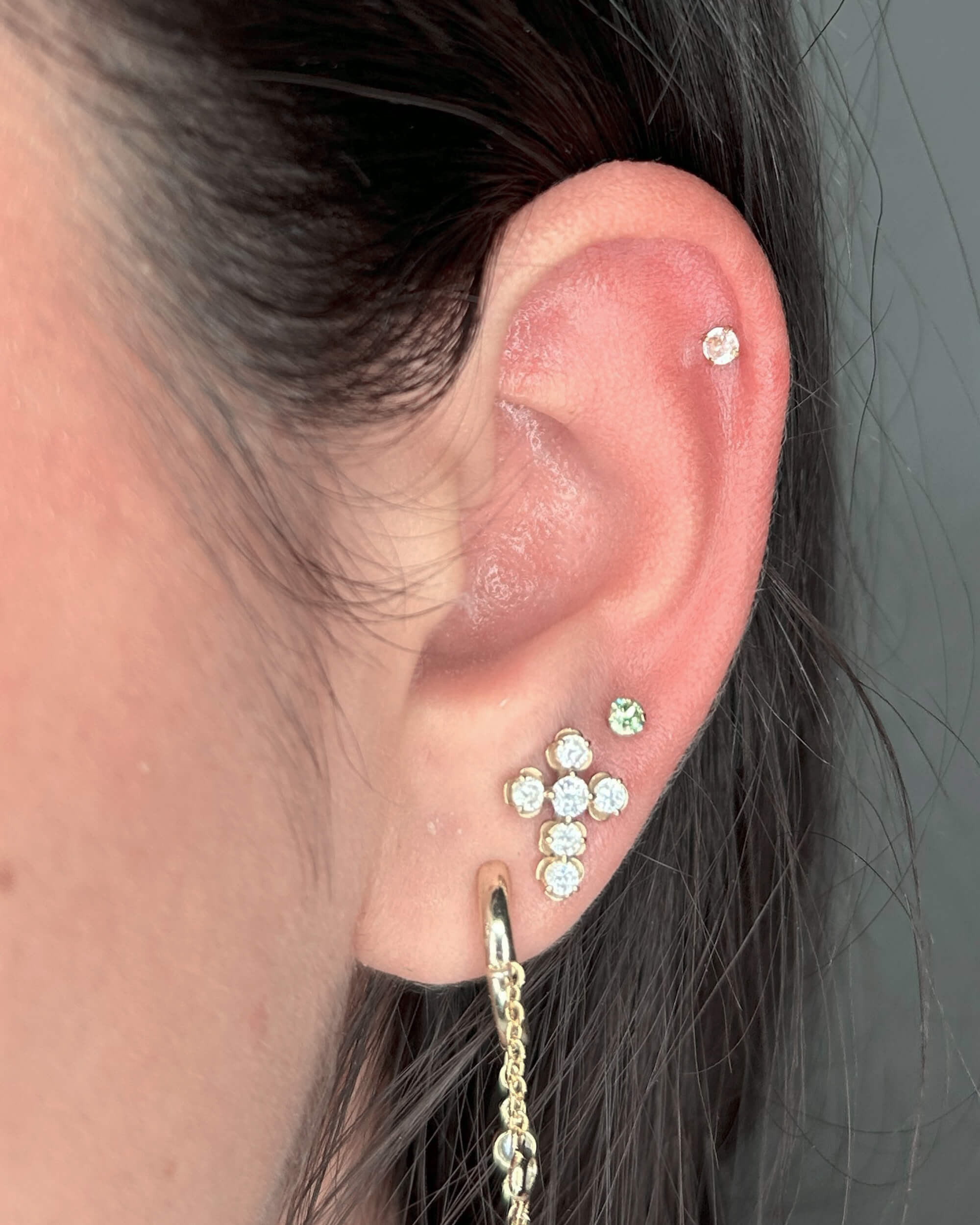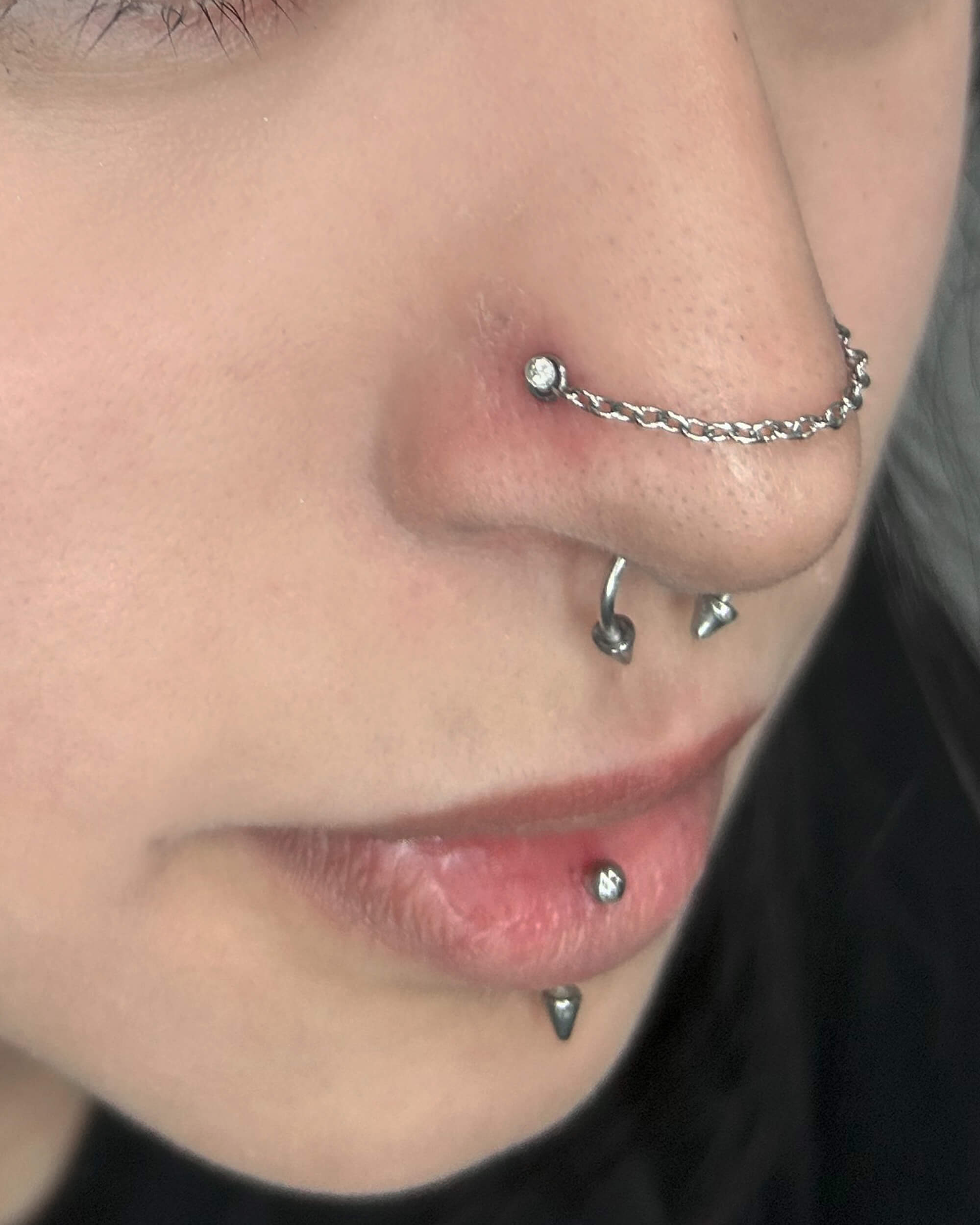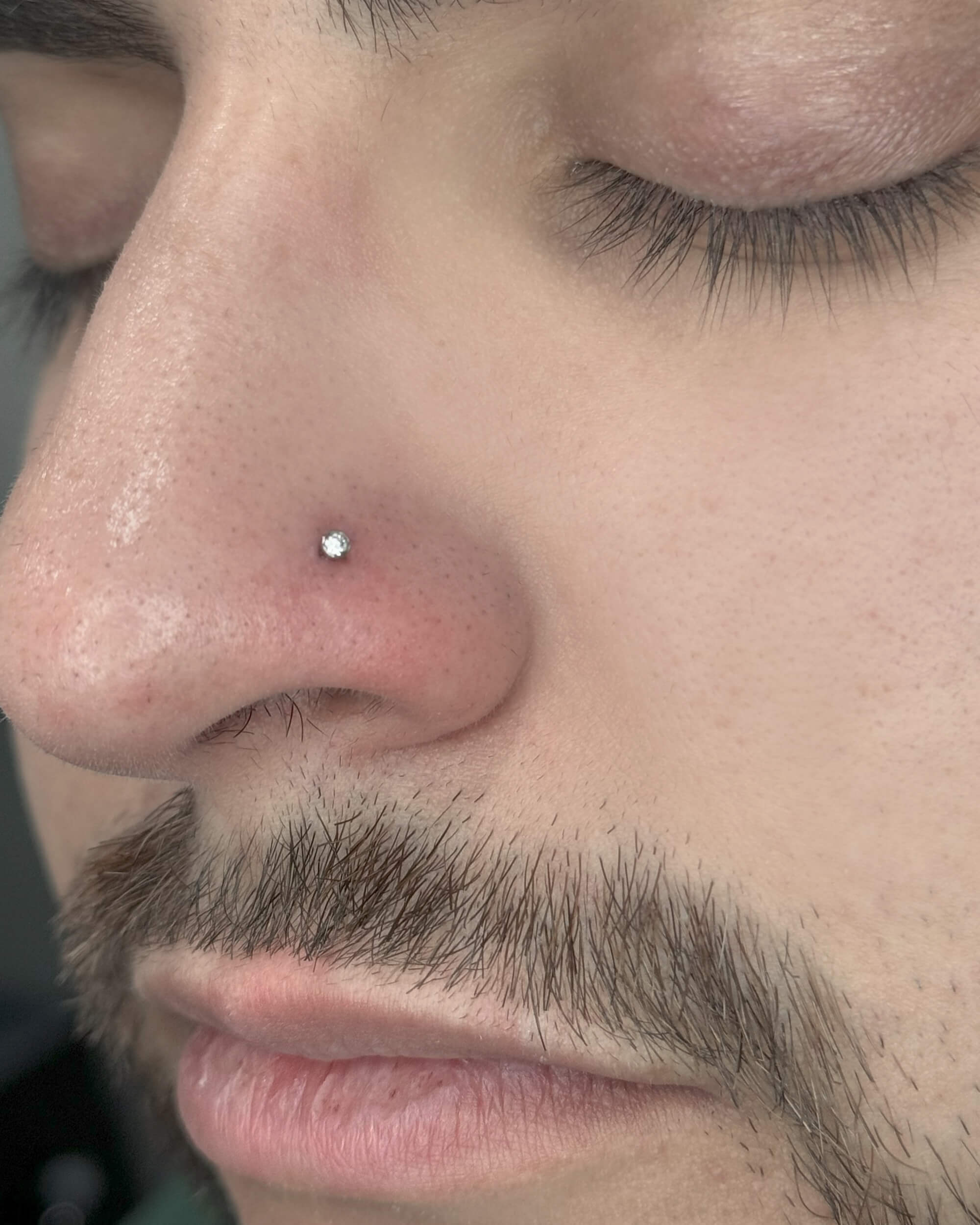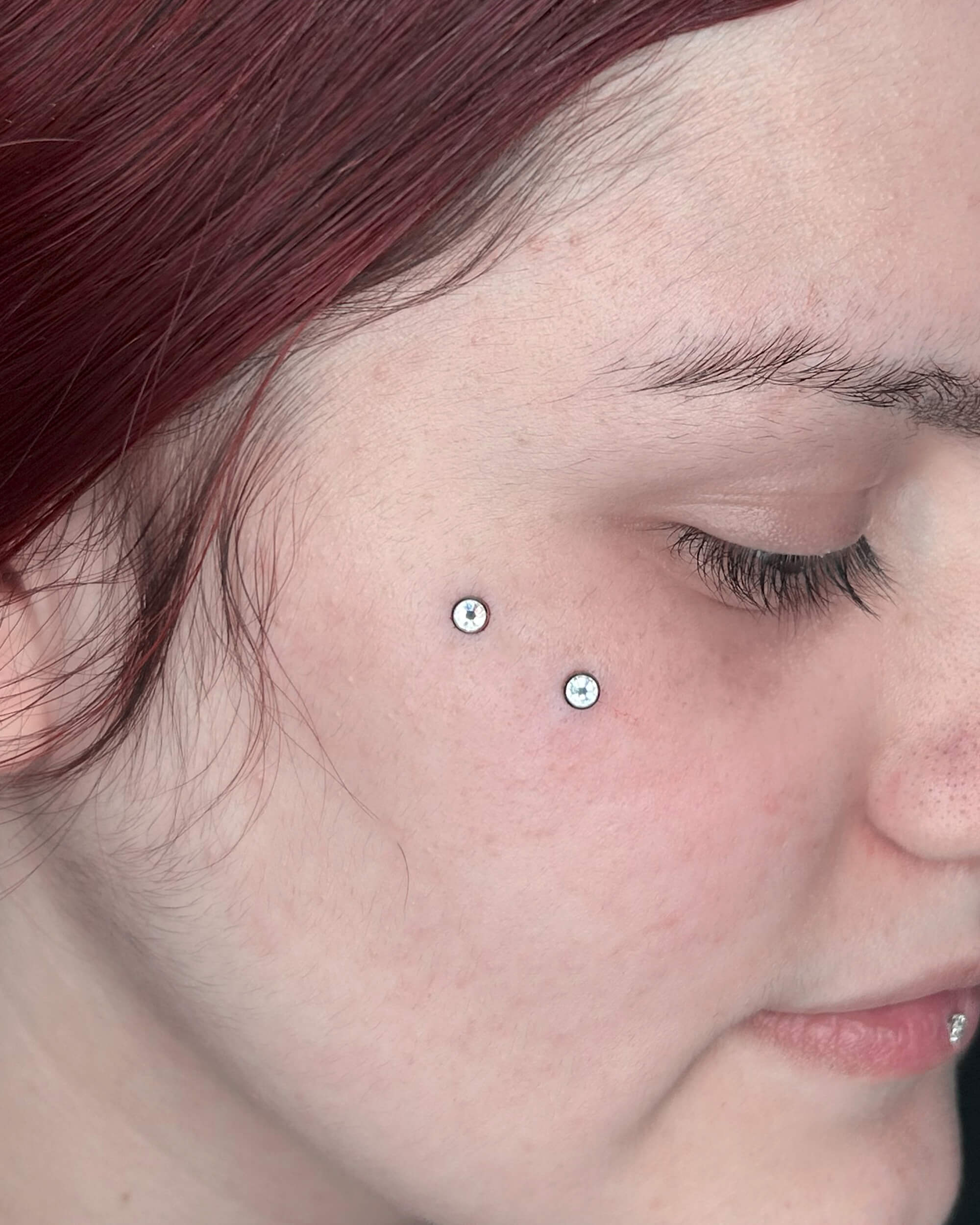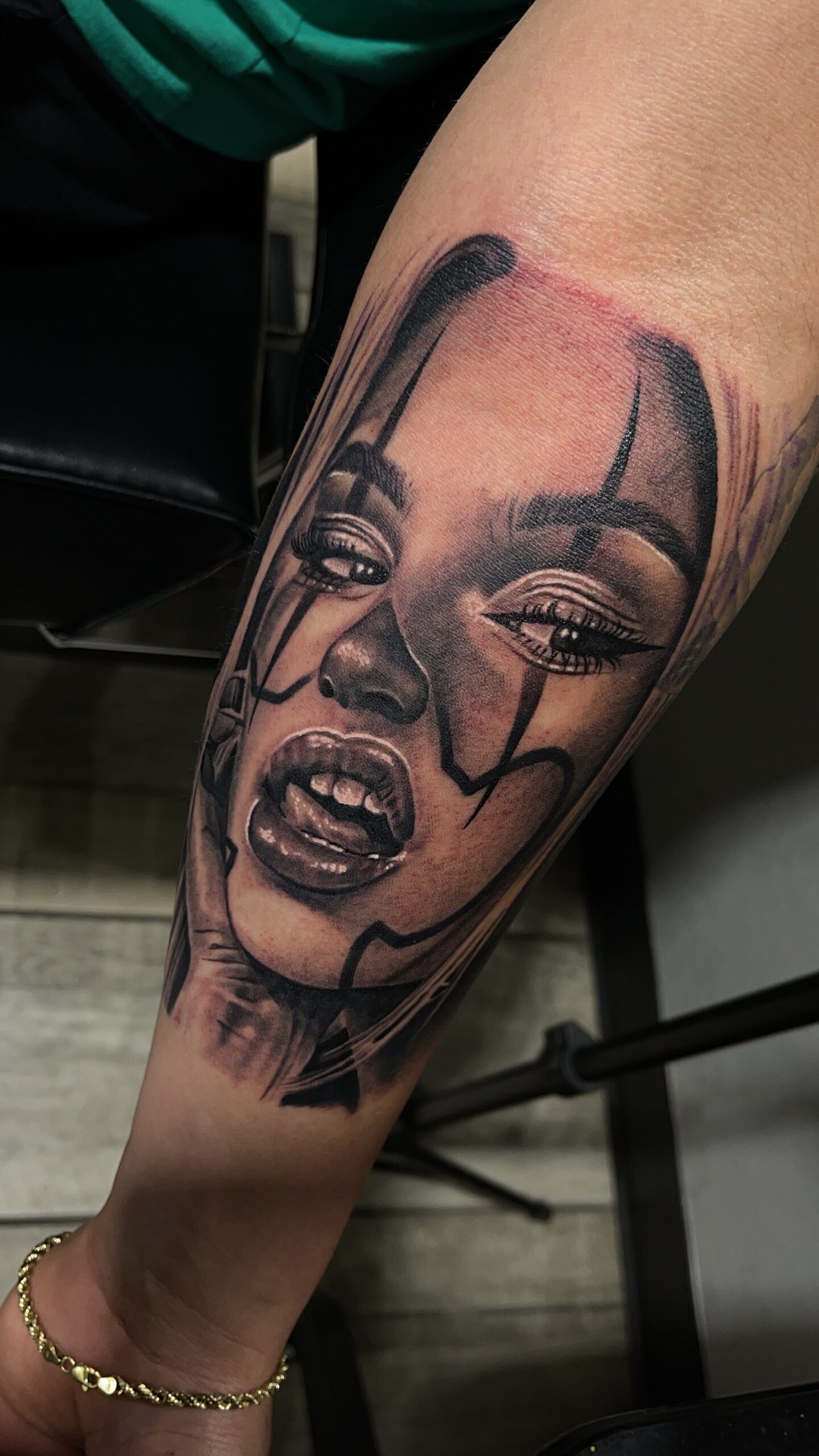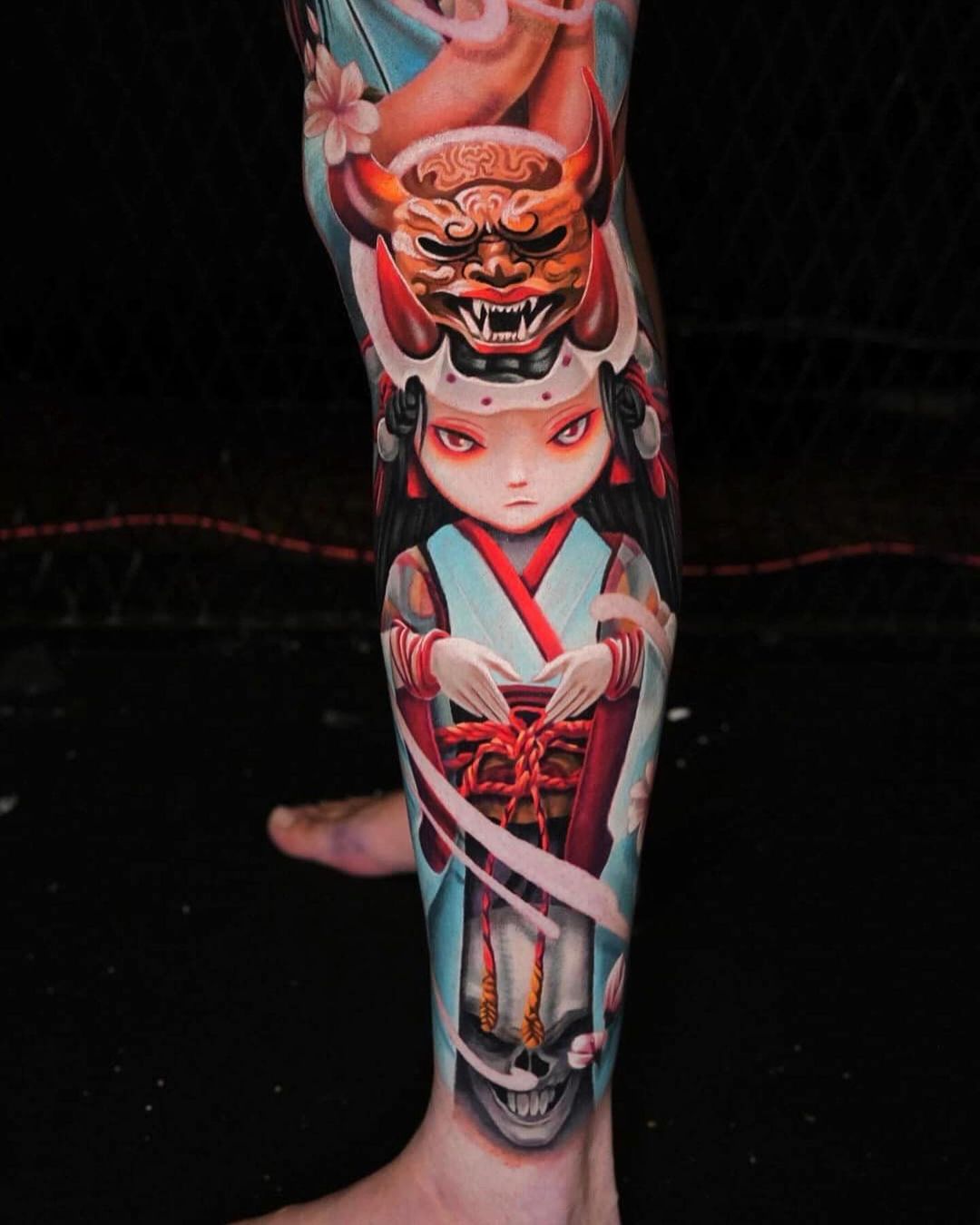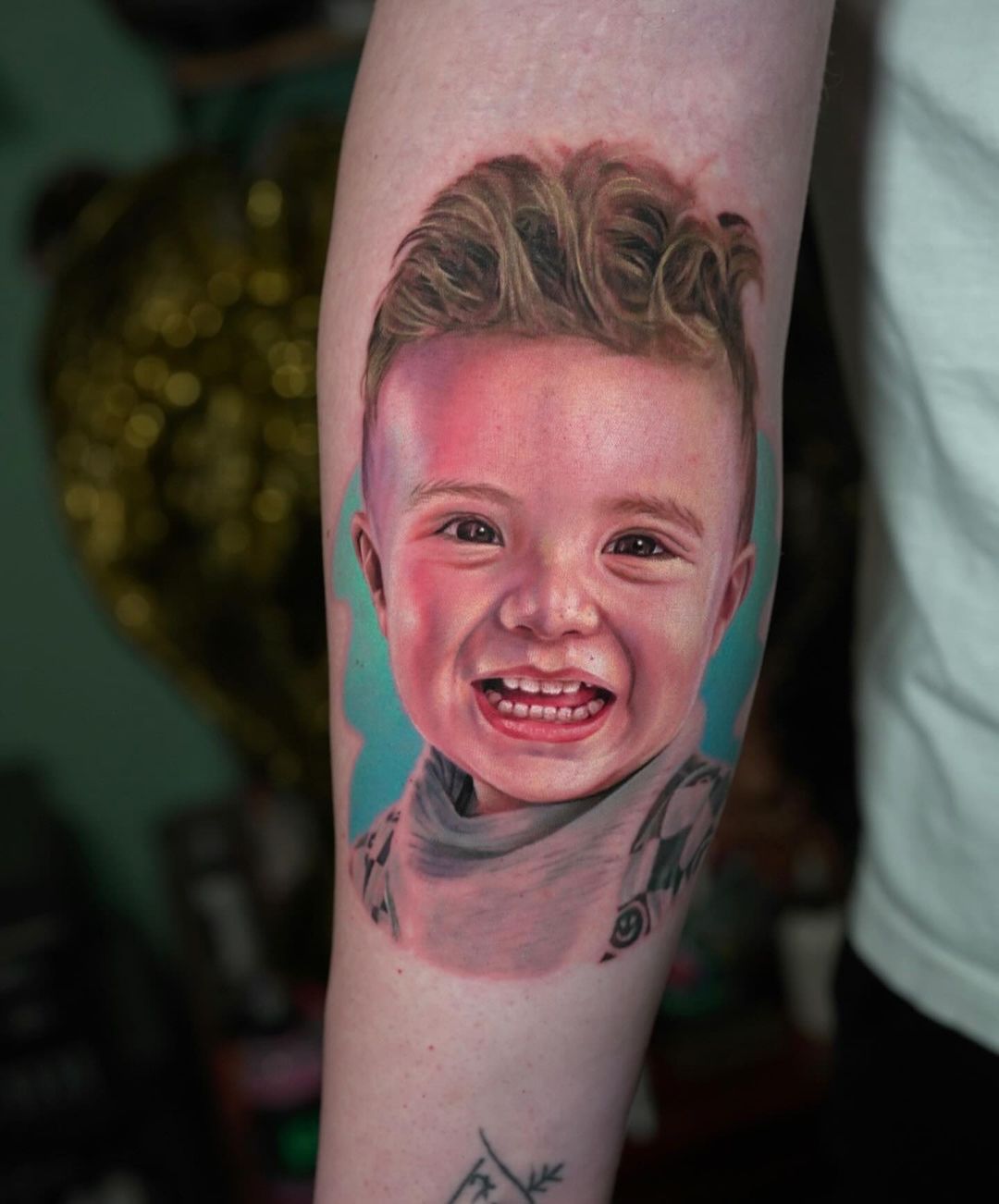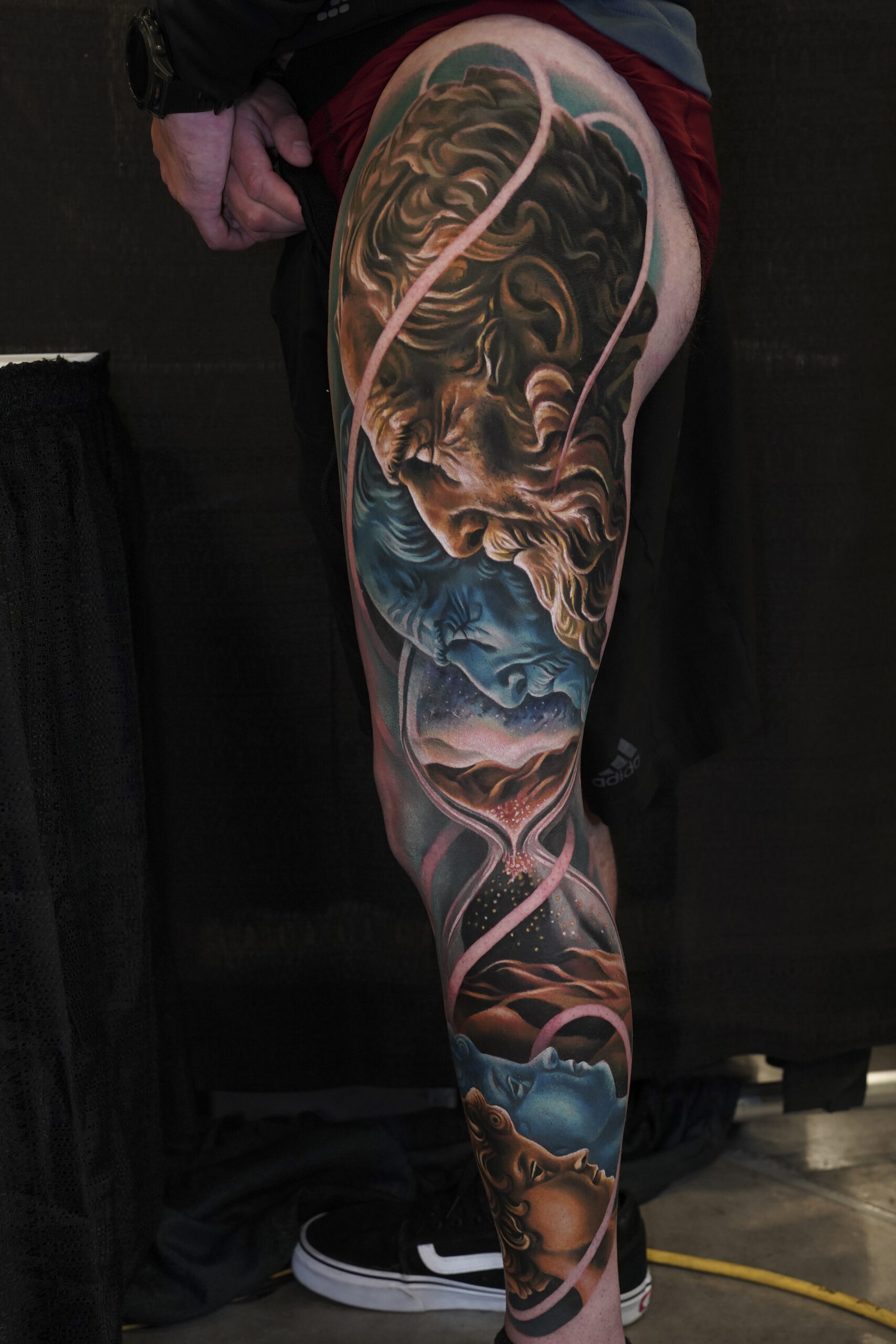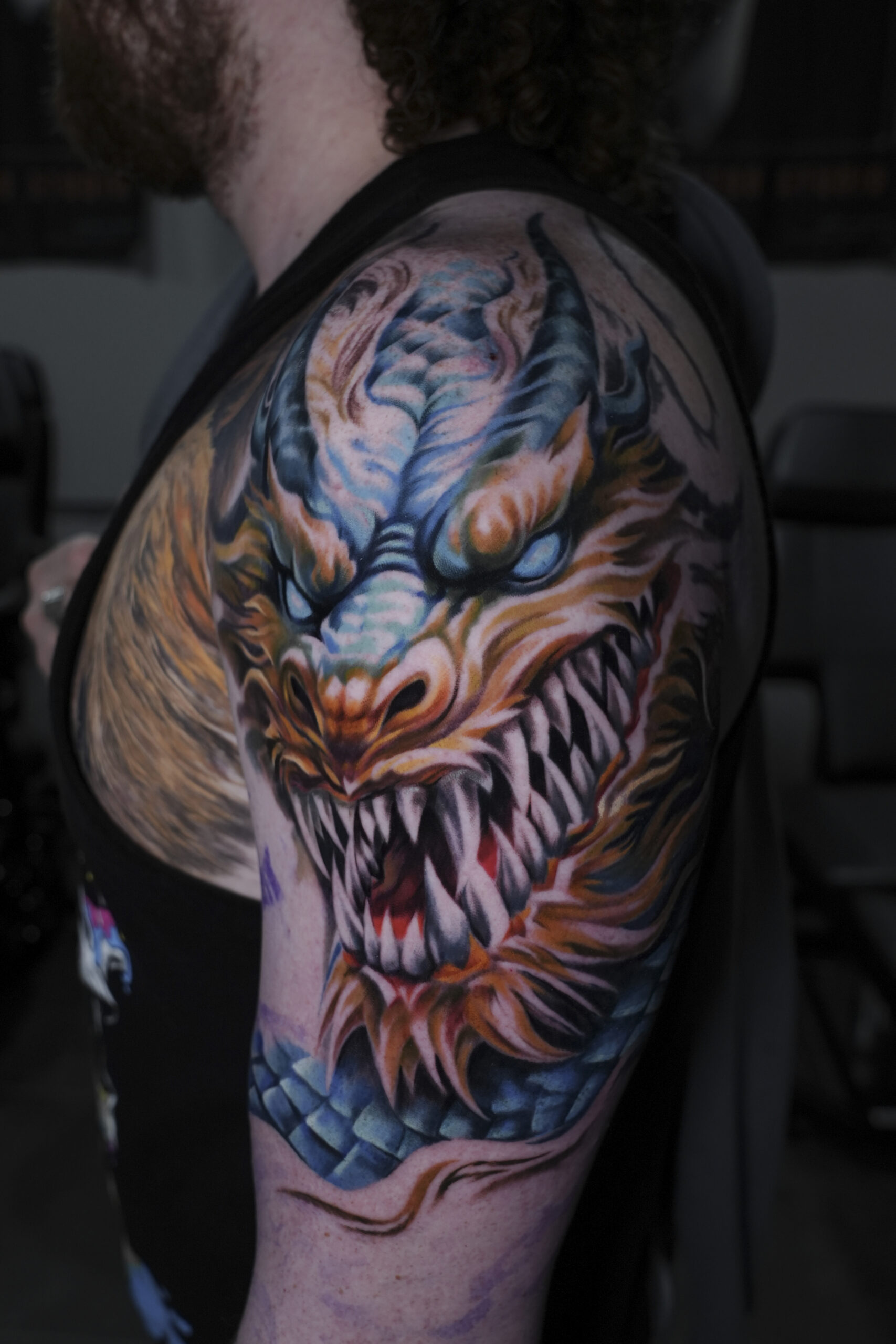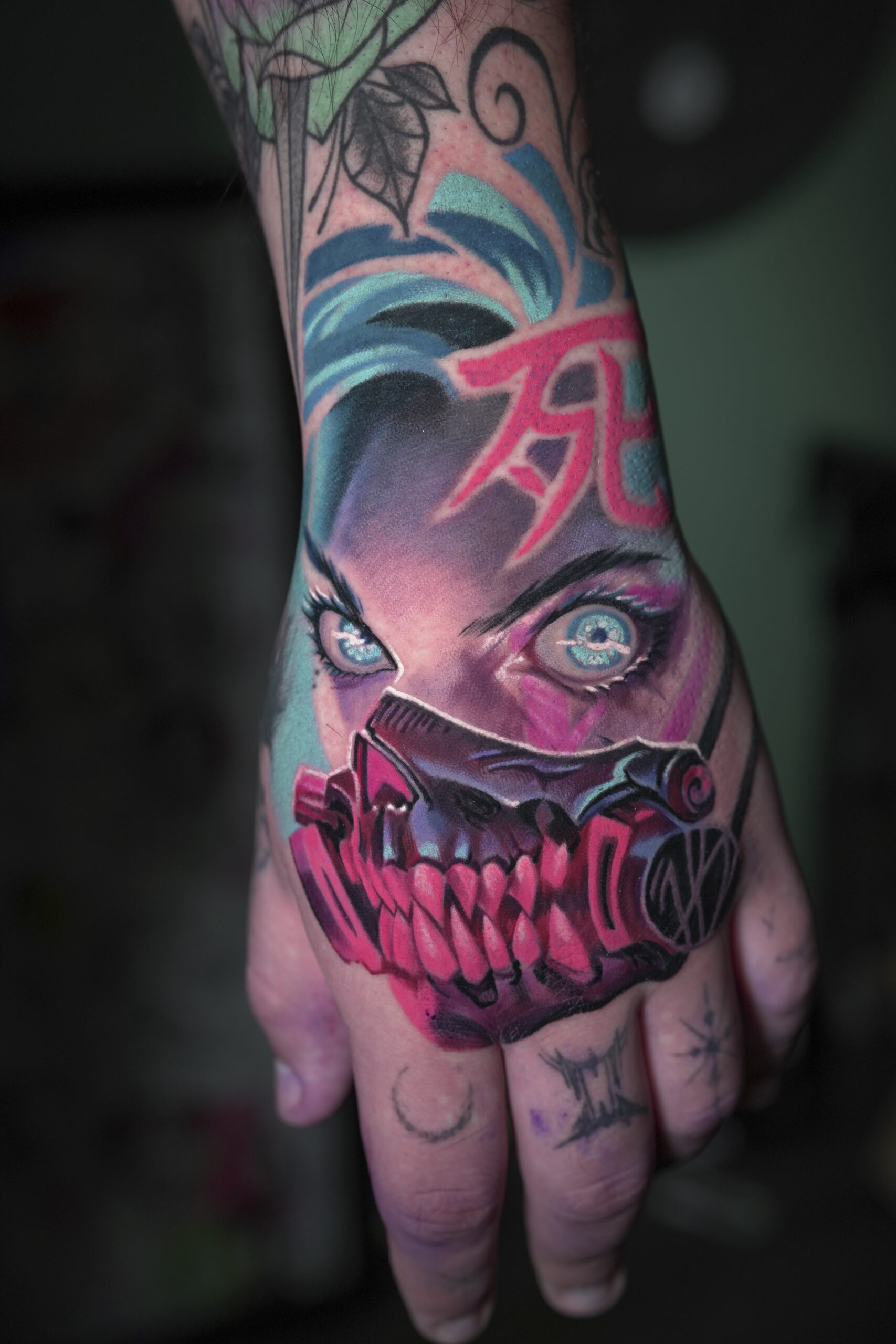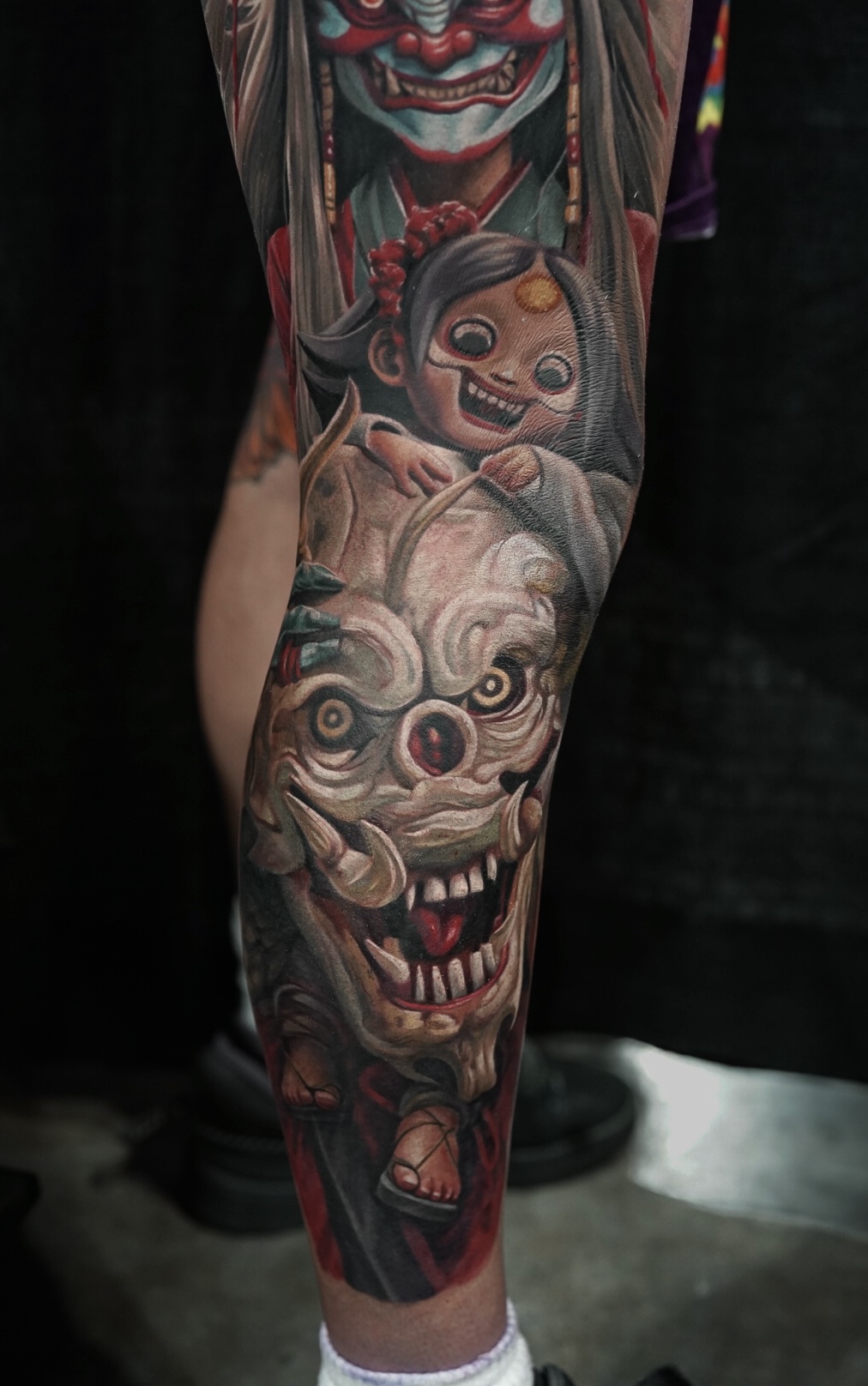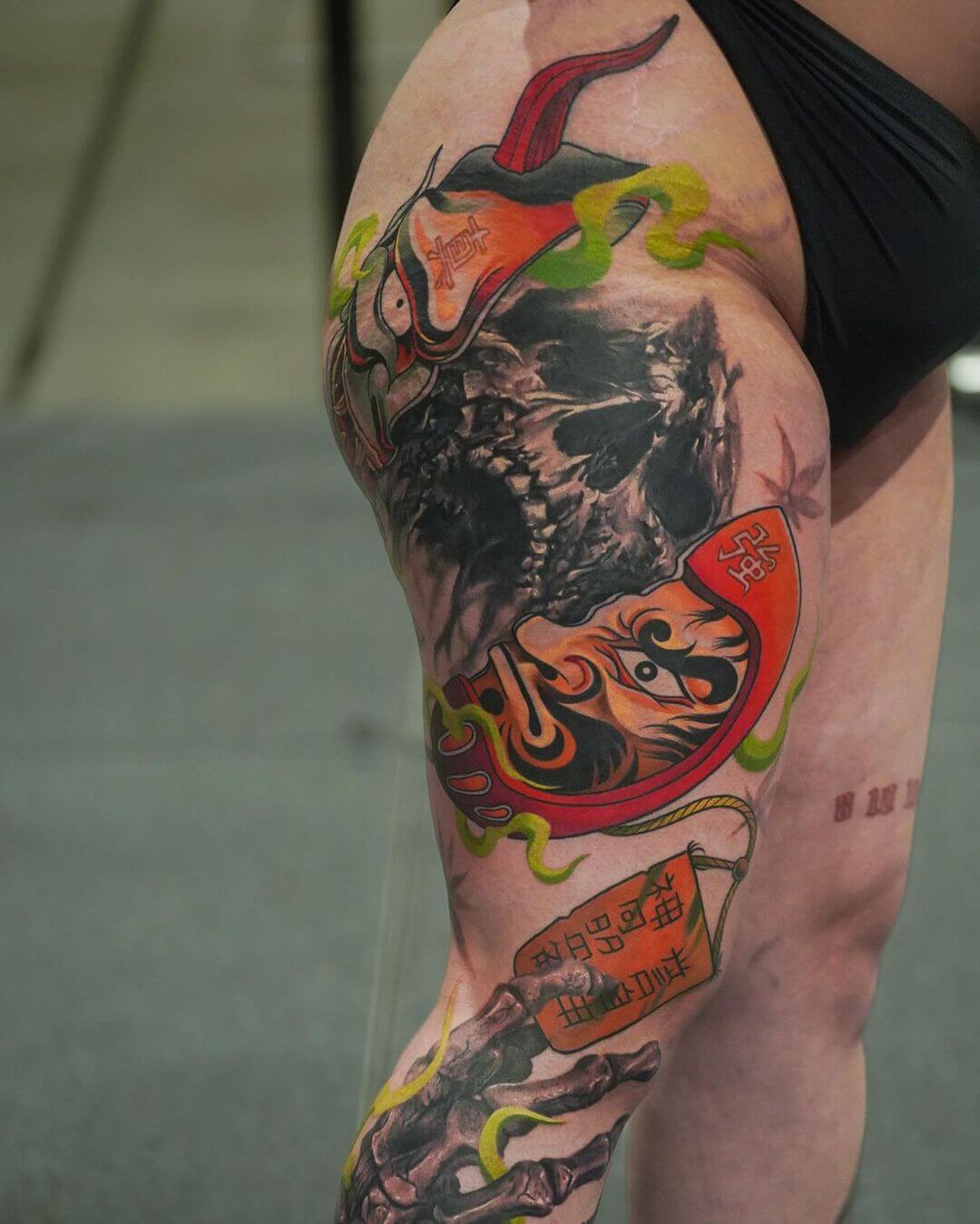
Tattooing is an art form that thrives on creativity, skill, and personal expression. While many tattoo artists work independently, collaborative efforts between artists have become increasingly popular, leading to the creation of unique and innovative pieces.
This collaborative process involves combining different styles, techniques, and artistic visions to produce tattoos that are truly one-of-a-kind.
The Collaborative Process
Initial Concept and Planning
- Brainstorming: The collaborative process typically begins with brainstorming sessions where artists discuss ideas and concepts. This stage is crucial for establishing a shared vision and ensuring that both artists are on the same page regarding the design’s direction and theme.

- Sketching and Design: Once a concept is agreed upon, artists will start sketching and refining the design. This involves multiple iterations and feedback sessions, allowing each artist to contribute their unique style and expertise. The goal is to create a cohesive design that seamlessly blends their individual contributions.
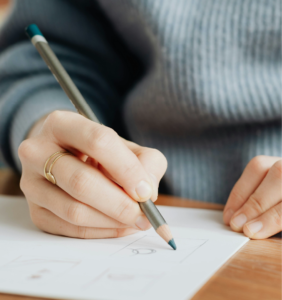 |
 |
Combining Styles and Techniques
- Style Integration: One of the most exciting aspects of tattoo artist collaboration is the integration of different styles. Artists may have distinct approaches, such as traditional, realism, watercolor, or geometric styles. By combining these styles, they can create innovative and visually striking tattoos that stand out from conventional designs.

- Technique Sharing: Collaboration also allows artists to share and learn new techniques. Experienced artists can mentor less experienced ones, while both can experiment with new methods. This exchange of knowledge not only enhances the quality of the tattoo but also helps artists grow and develop their skills.

Benefits of Joint Projects
Enhanced Creativity
- Diverse Perspectives: Working with another artist brings diverse perspectives and ideas to the table. This diversity can lead to more creative and original designs that may not have been possible working alone. The synergy of two artistic minds often results in pushing the boundaries of conventional tattoo art.

- Inspiration and Innovation: Collaborating with another artist can be highly inspiring. The process of bouncing ideas off each other and seeing different artistic approaches can spark innovation and lead to the creation of unique and groundbreaking pieces.
Expanding Clientele and Exposure
- Wider Audience: Joint projects can attract a wider audience, as clients and fans of both artists will be interested in the collaboration. This increased exposure can lead to new opportunities and a broader client base for both artists involved.
 |
 |
- Marketing and Promotion: Collaborative works are often more newsworthy and can generate buzz in the tattoo community. Social media platforms, tattoo conventions, and art galleries are excellent venues for showcasing collaborative pieces, further enhancing the artists’ reputations and reach.
Impact on Tattoo Culture and Industry
Elevating Artistic Standards
- Quality and Innovation: Collaborative efforts raise the bar for artistic standards within the tattoo industry. The blending of different styles and techniques leads to higher-quality tattoos and sets new trends that inspire other artists to push their creative boundaries.

- Artistic Recognition: Collaborations often receive significant attention and recognition within the art community. This recognition helps to elevate tattooing as a respected art form, showcasing the immense talent and creativity of tattoo artists.
Fostering a Supportive Community
- Community Building: Collaboration fosters a sense of community and camaraderie among tattoo artists. By working together, artists build strong professional relationships and support networks that benefit the entire industry.
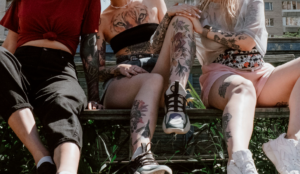
- Encouraging Innovation: A collaborative environment encourages artists to experiment and innovate without fear of judgment. This supportive atmosphere nurtures artistic growth and leads to the continuous evolution of tattoo art.
The Successful Collaborations
Successful tattoo collaborations often involve both well-known and up-and-coming artists, leading to unique and influential designs. Established artists join forces to merge different styles, producing popular and innovative tattoos.
 |
 |
Meanwhile, local and emerging artists gain from community projects and mentorship, which helps them grow and connect with the tattoo community. These collaborations not only create distinctive art but also offer valuable learning experiences and enhance the artists’ reputations.















